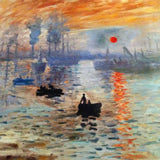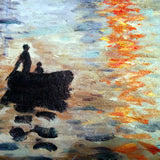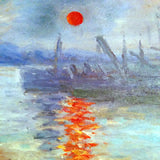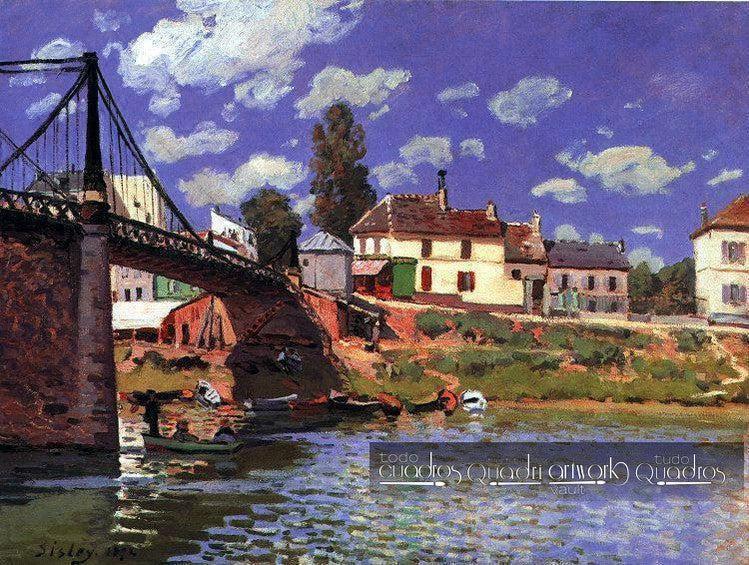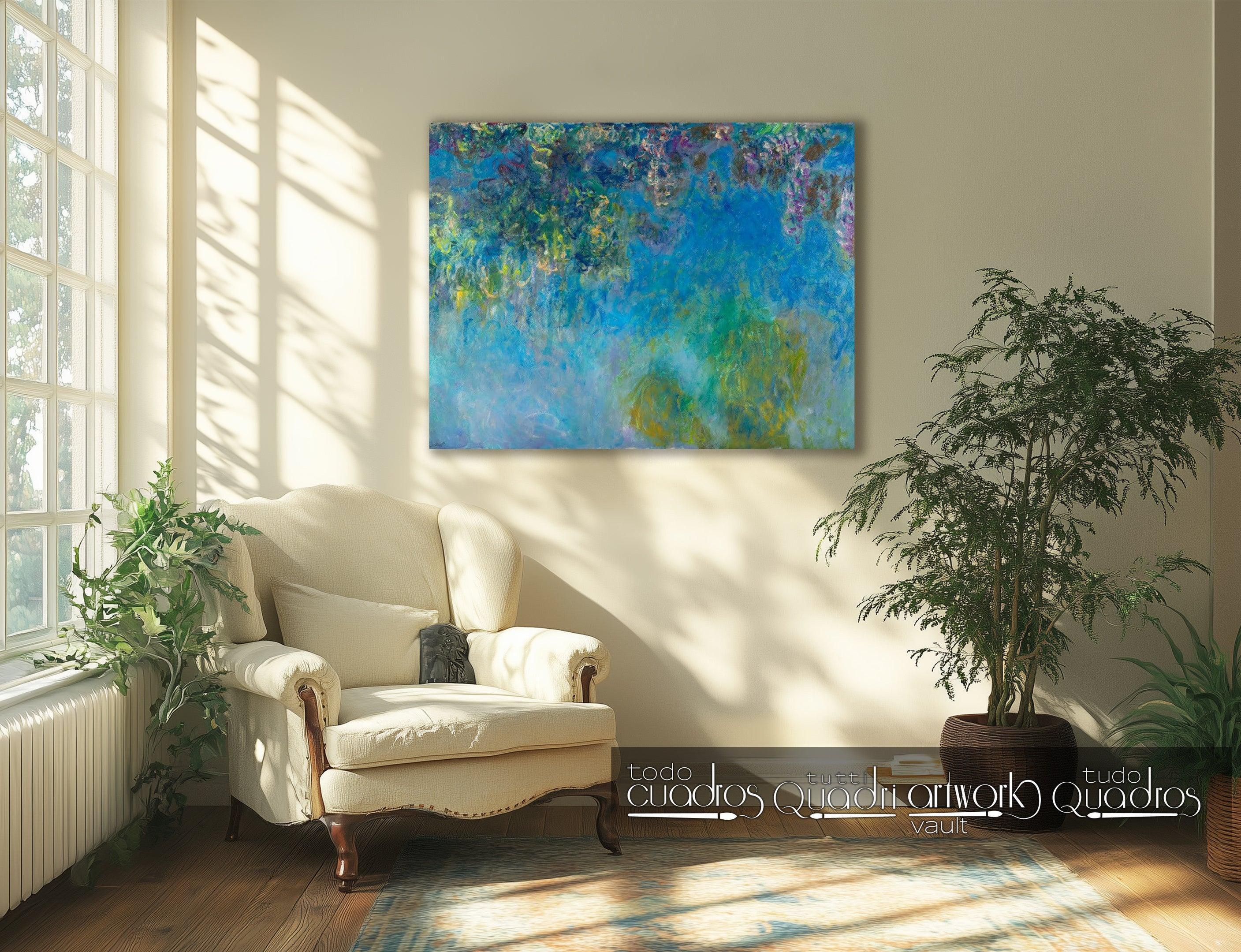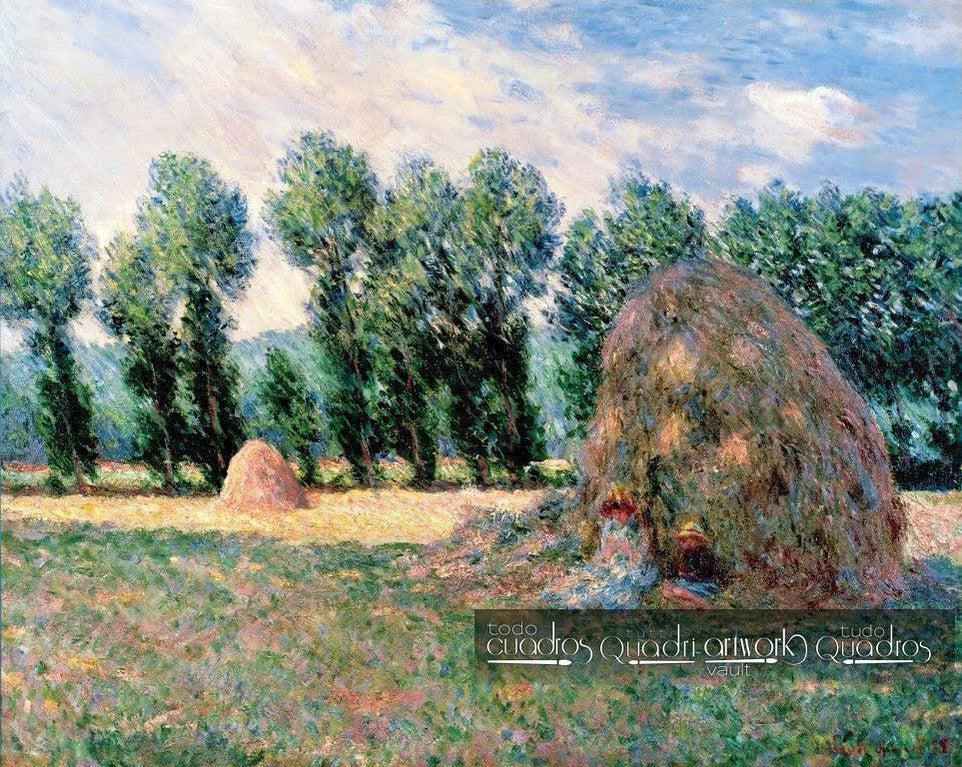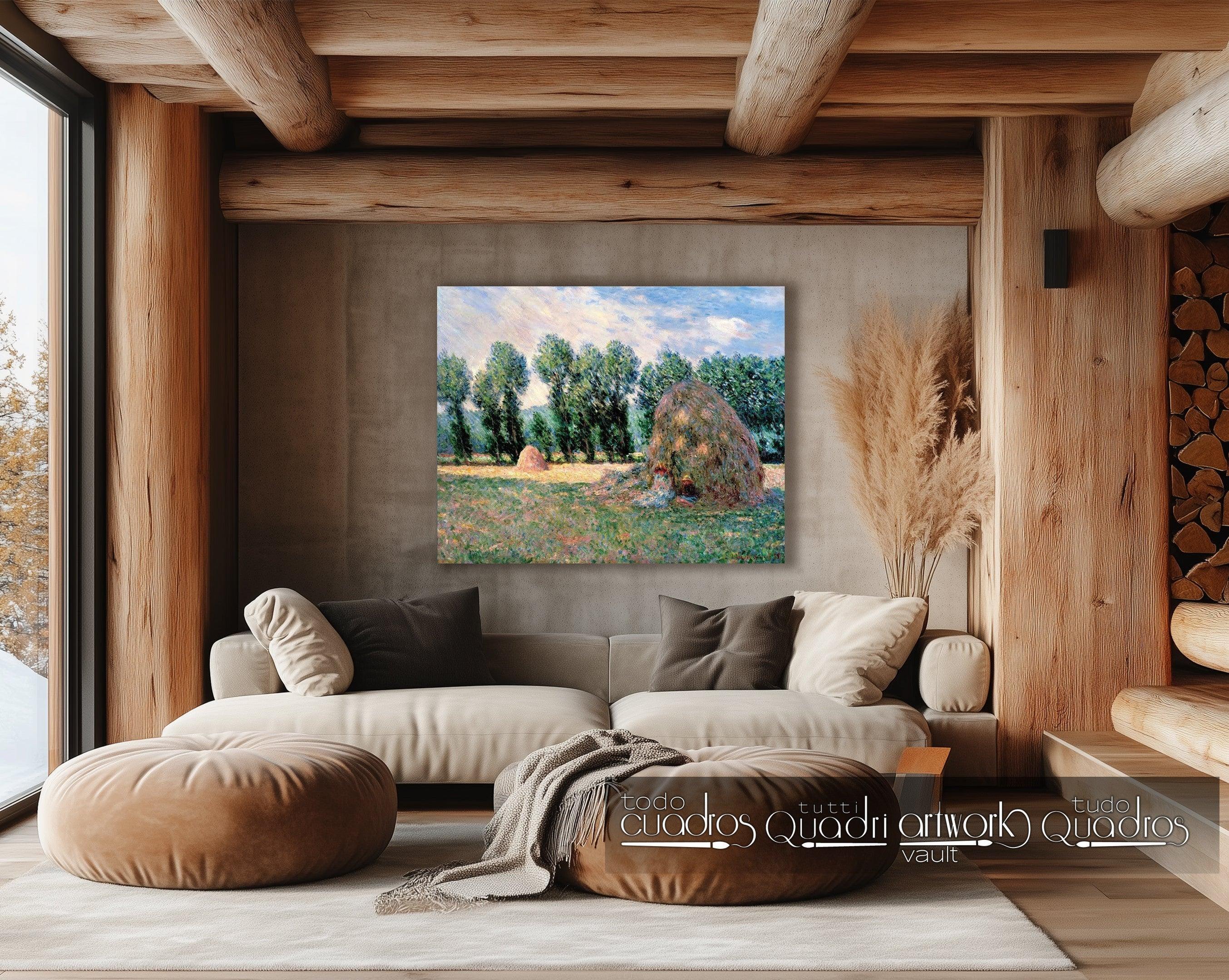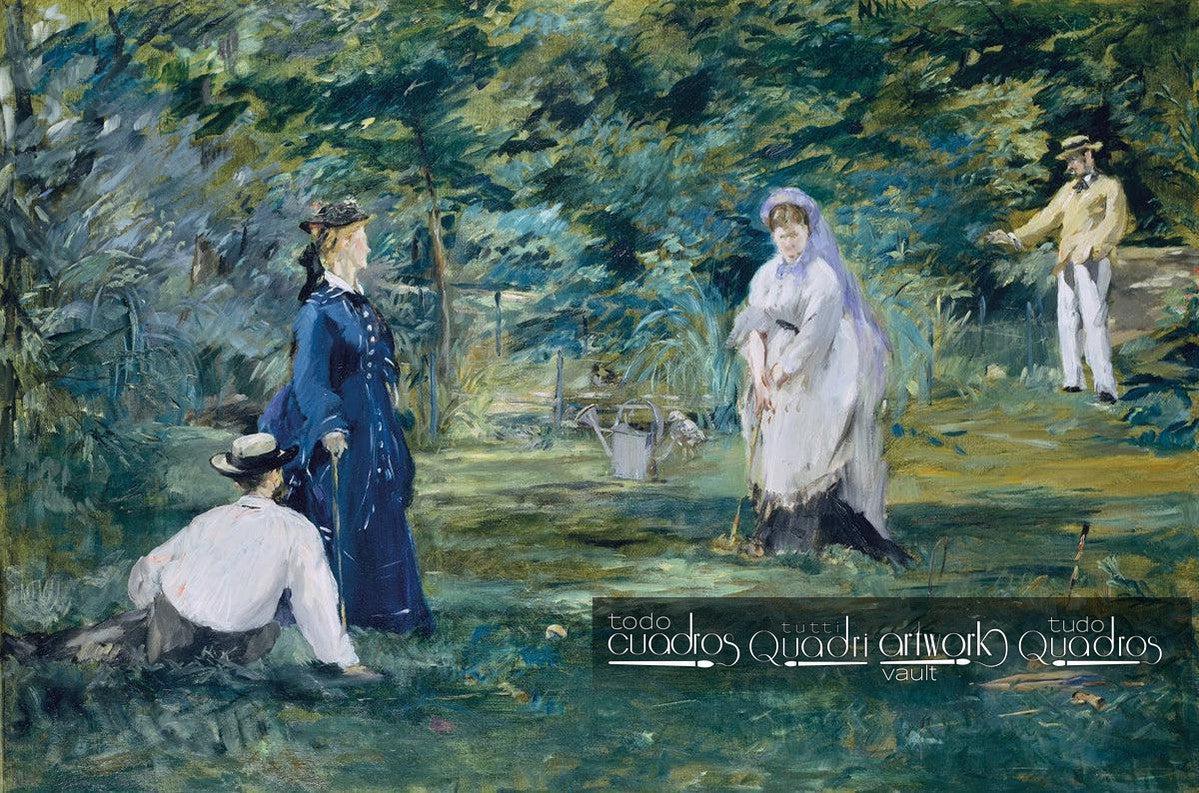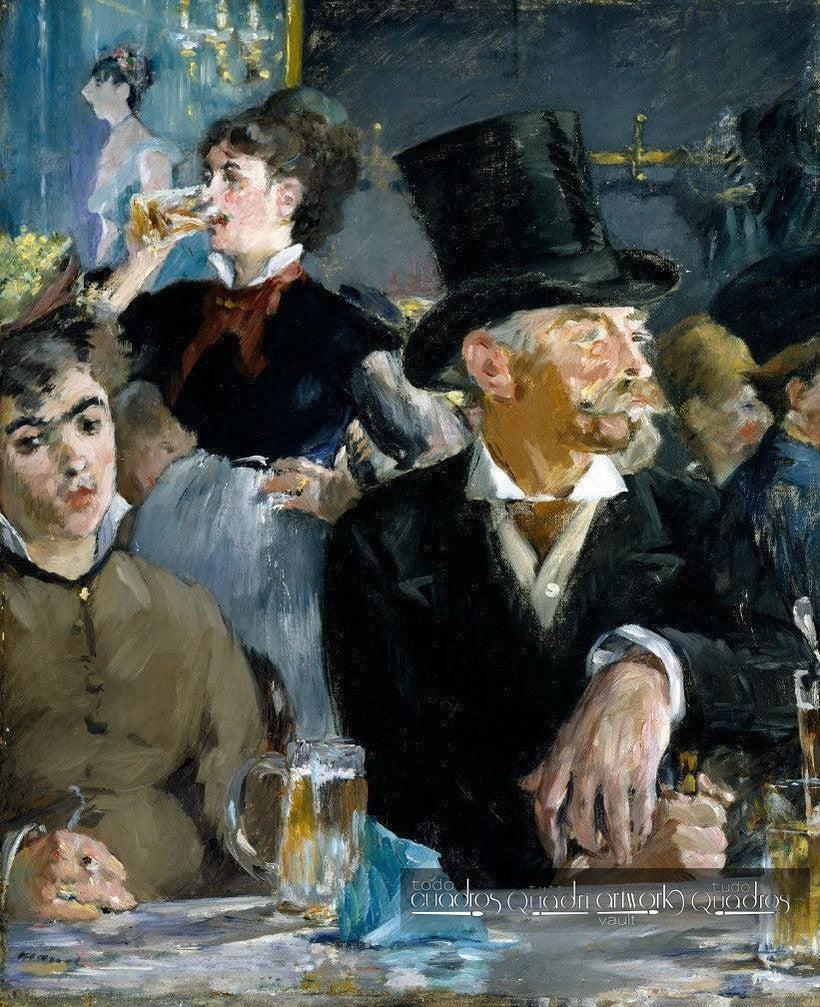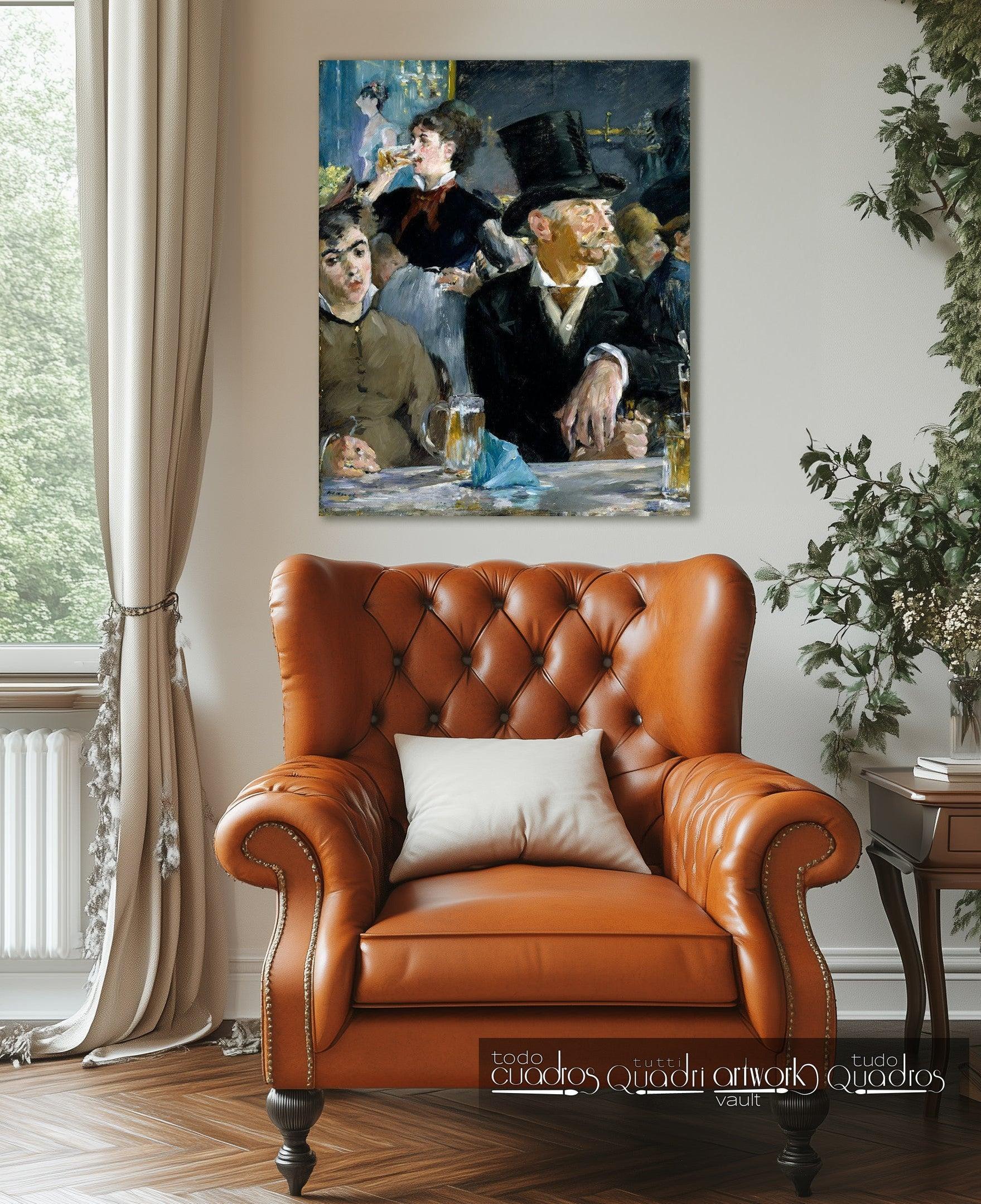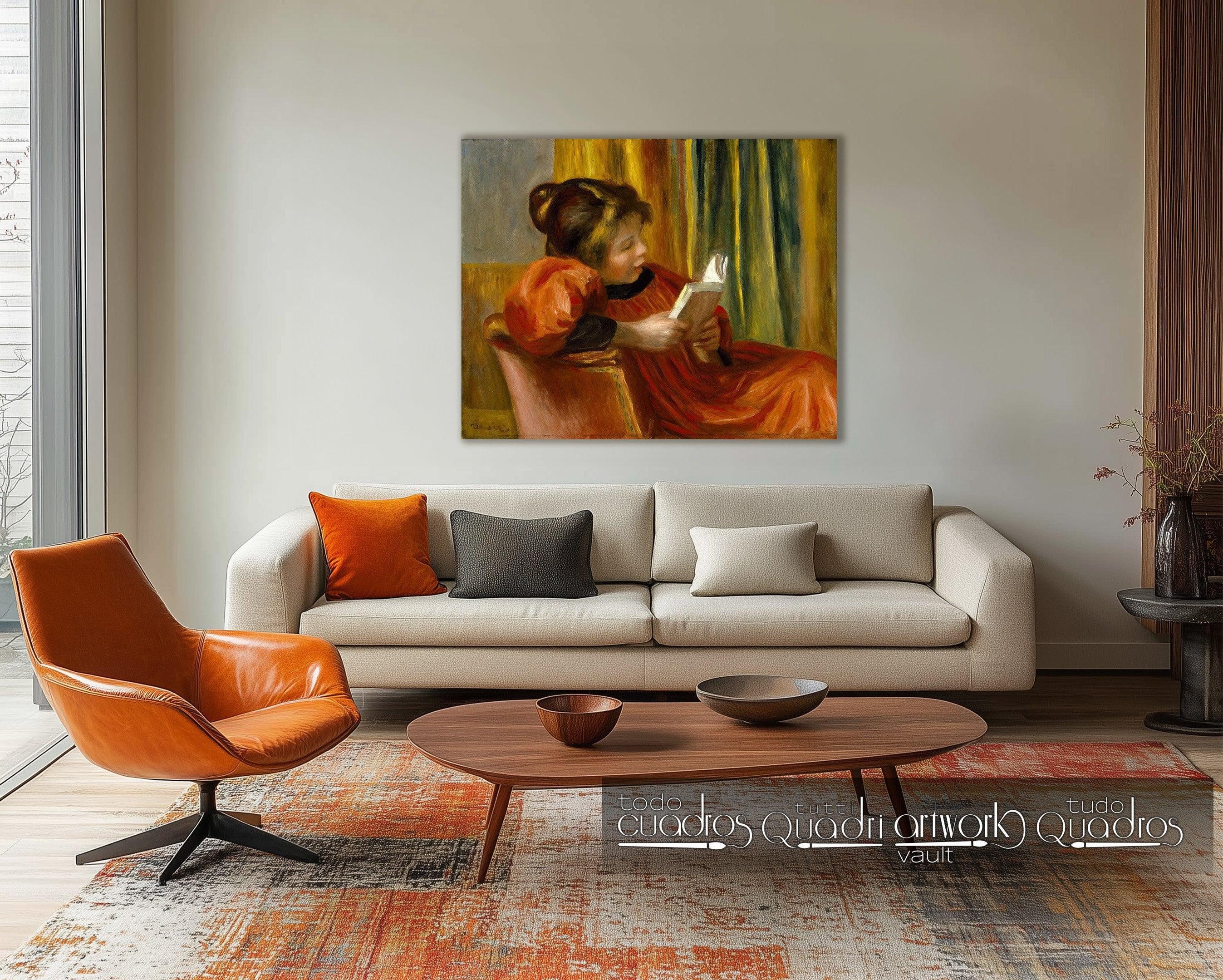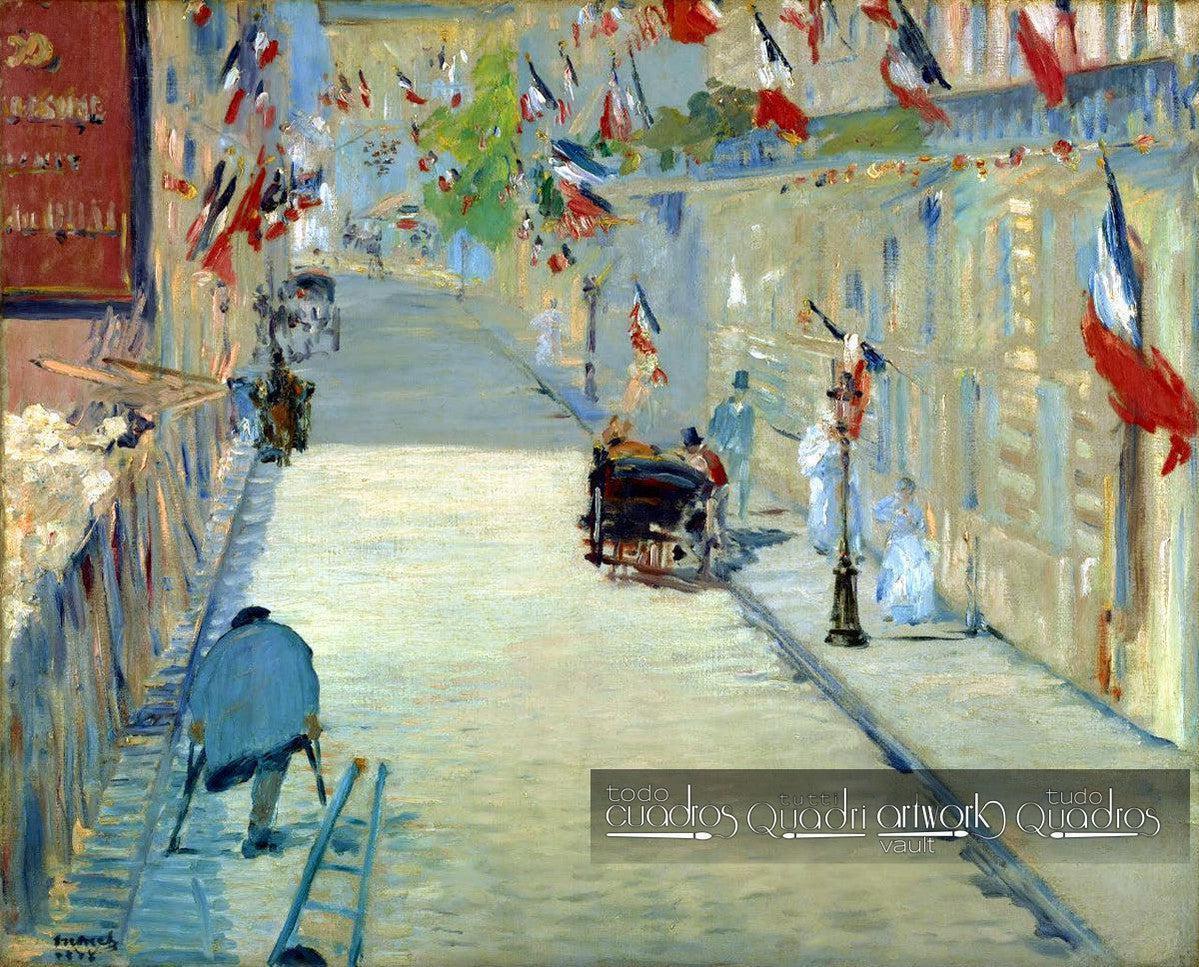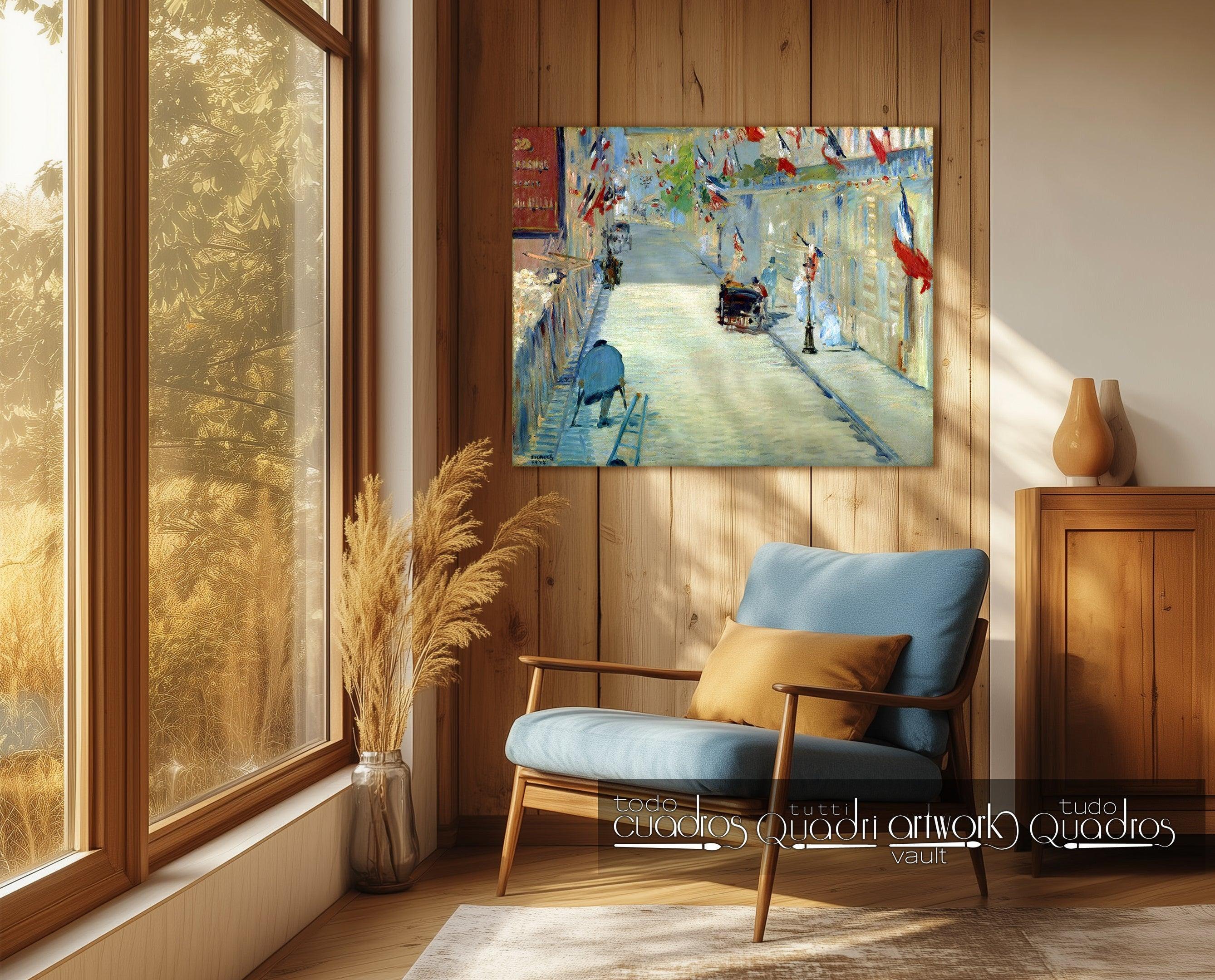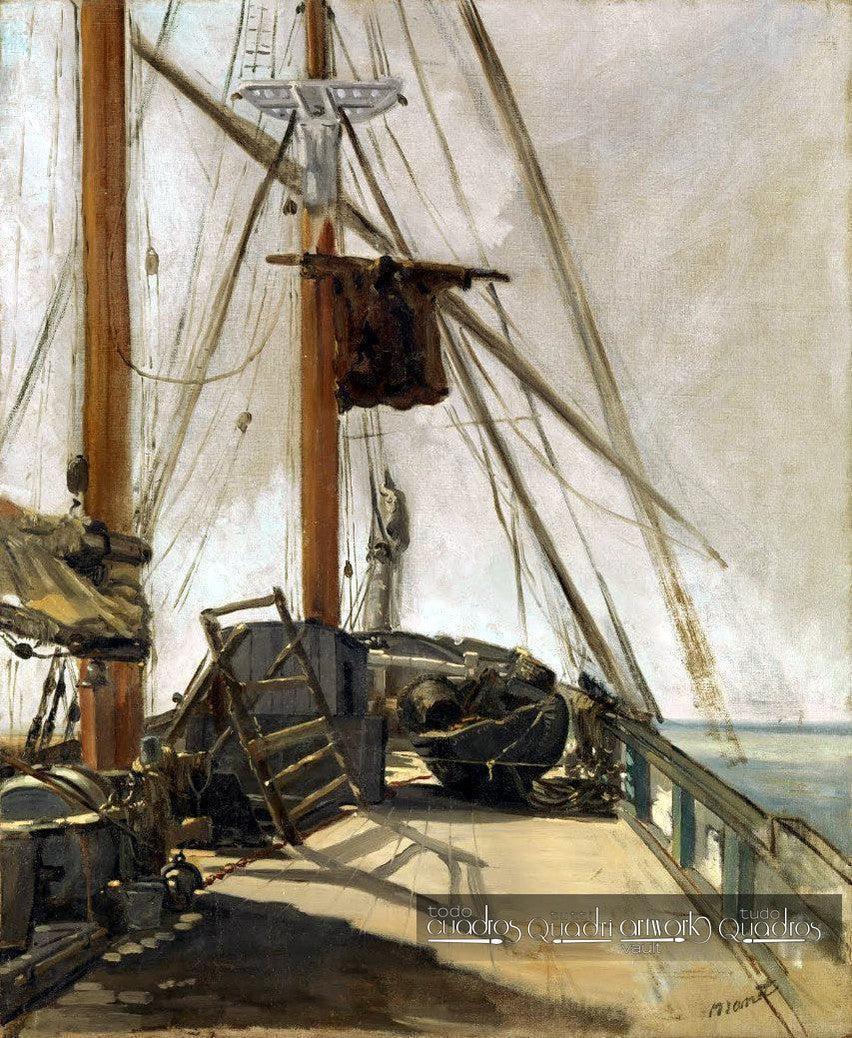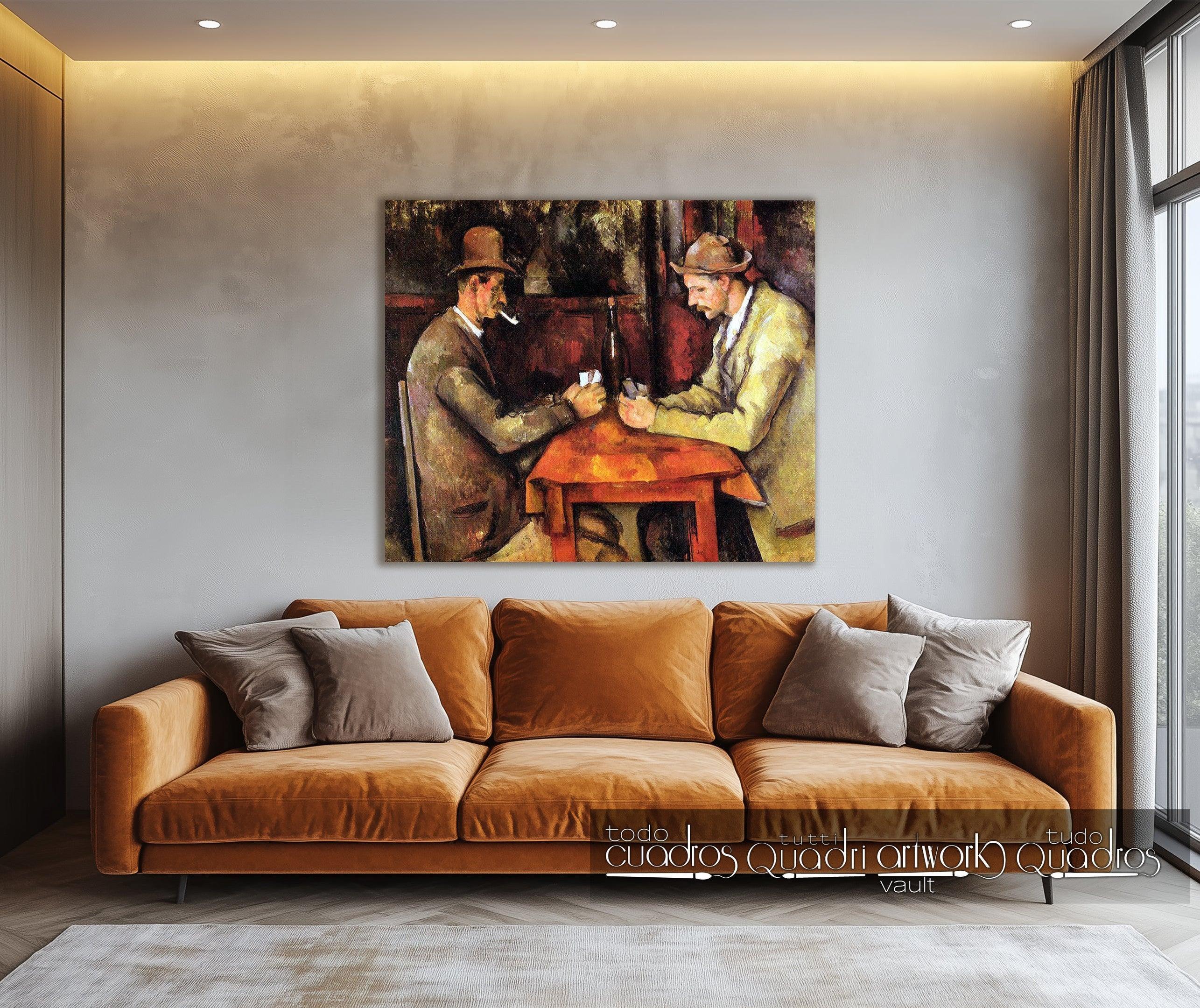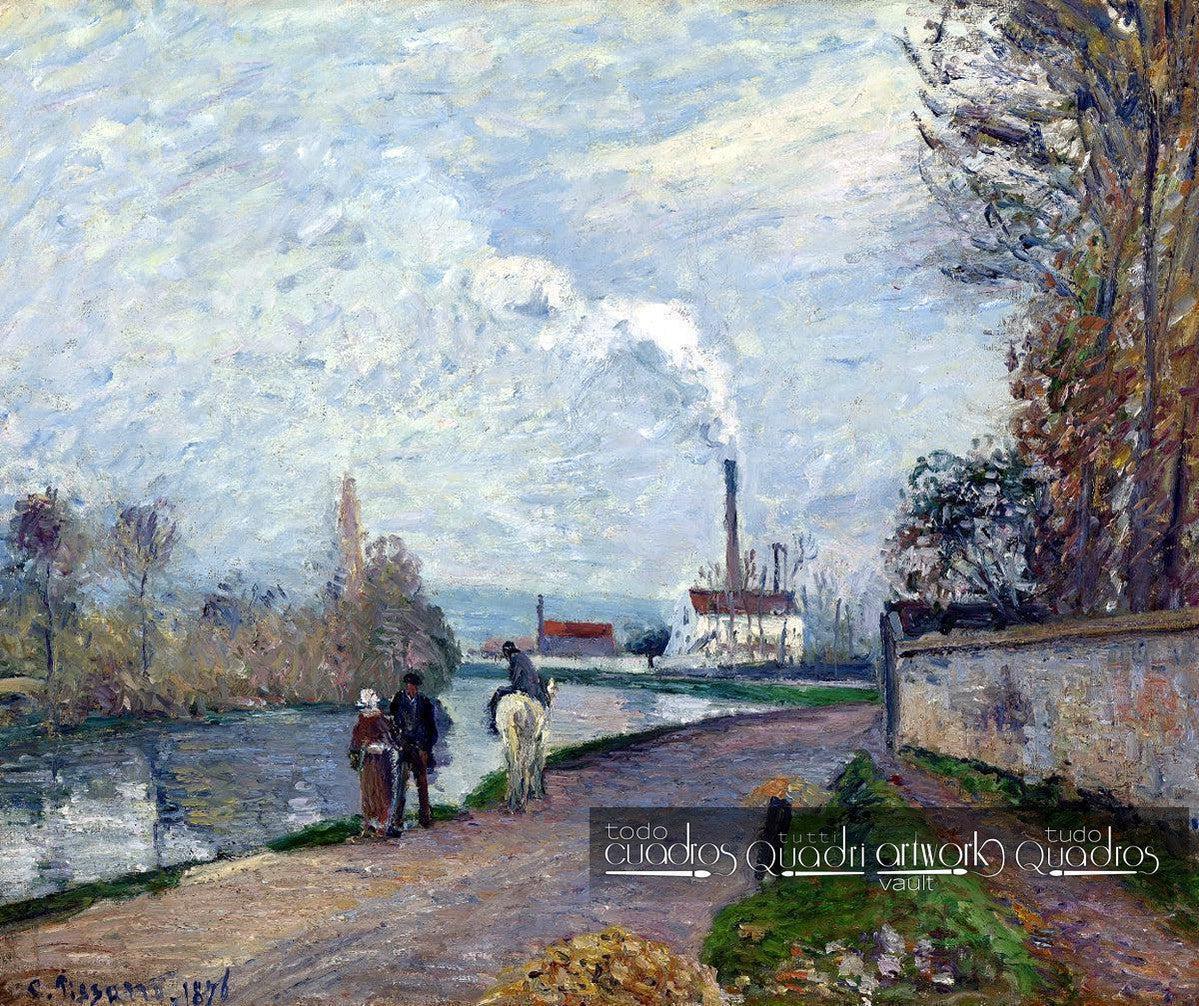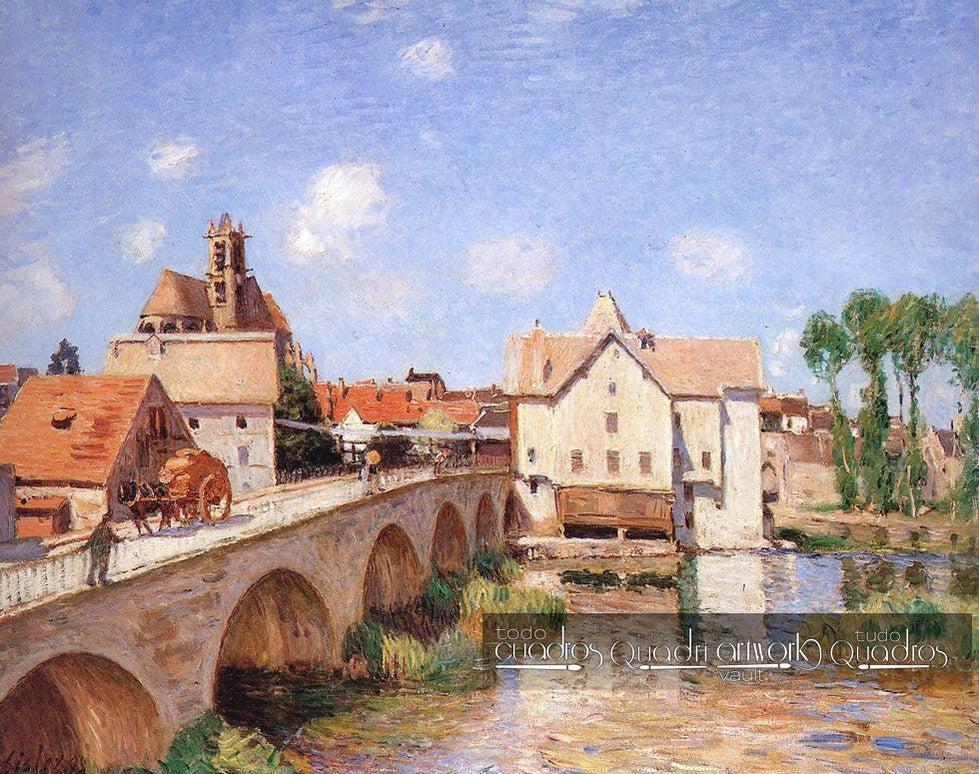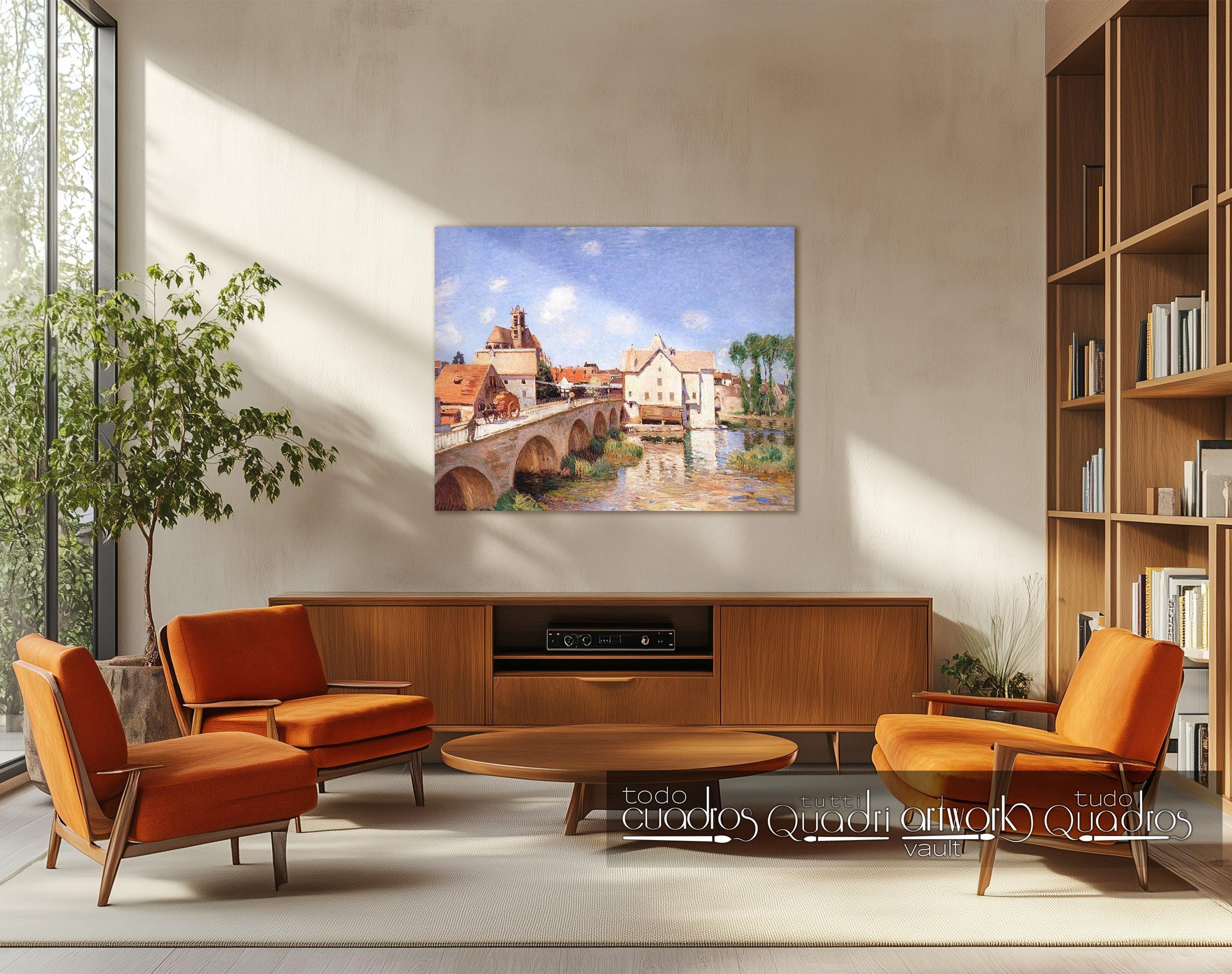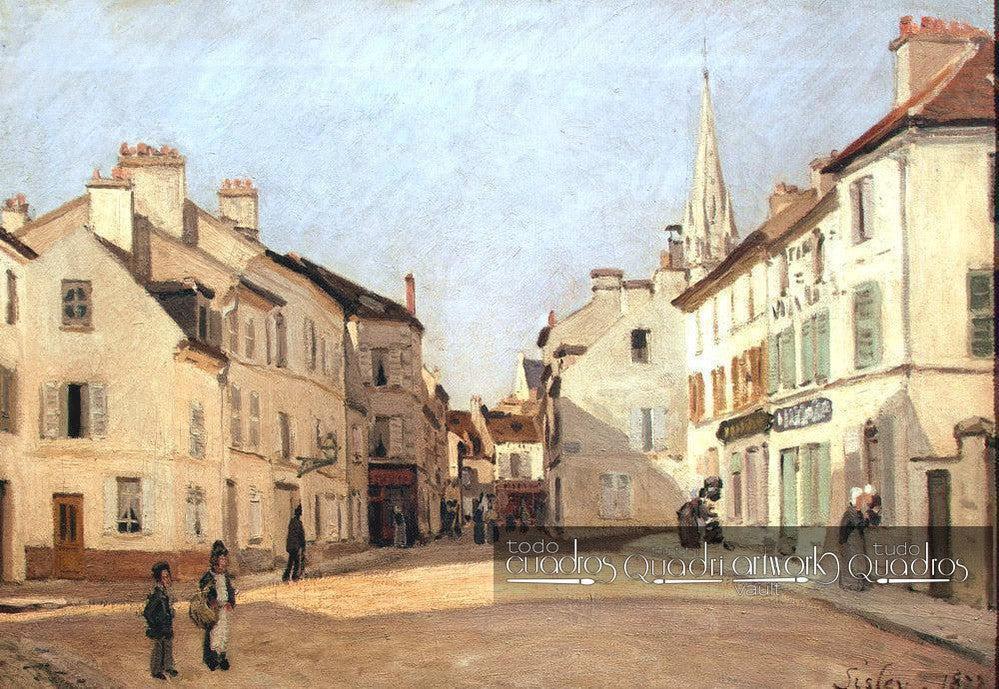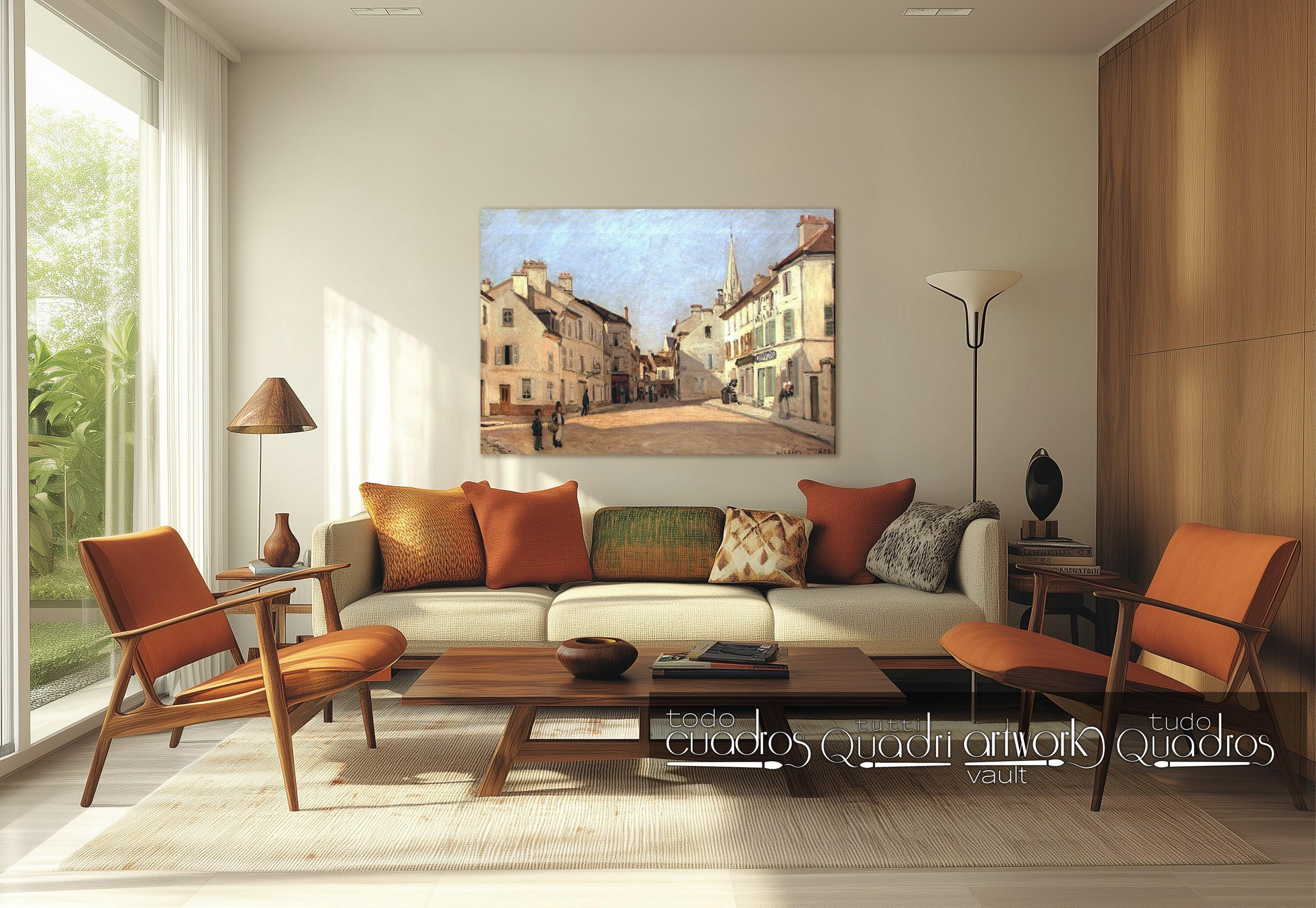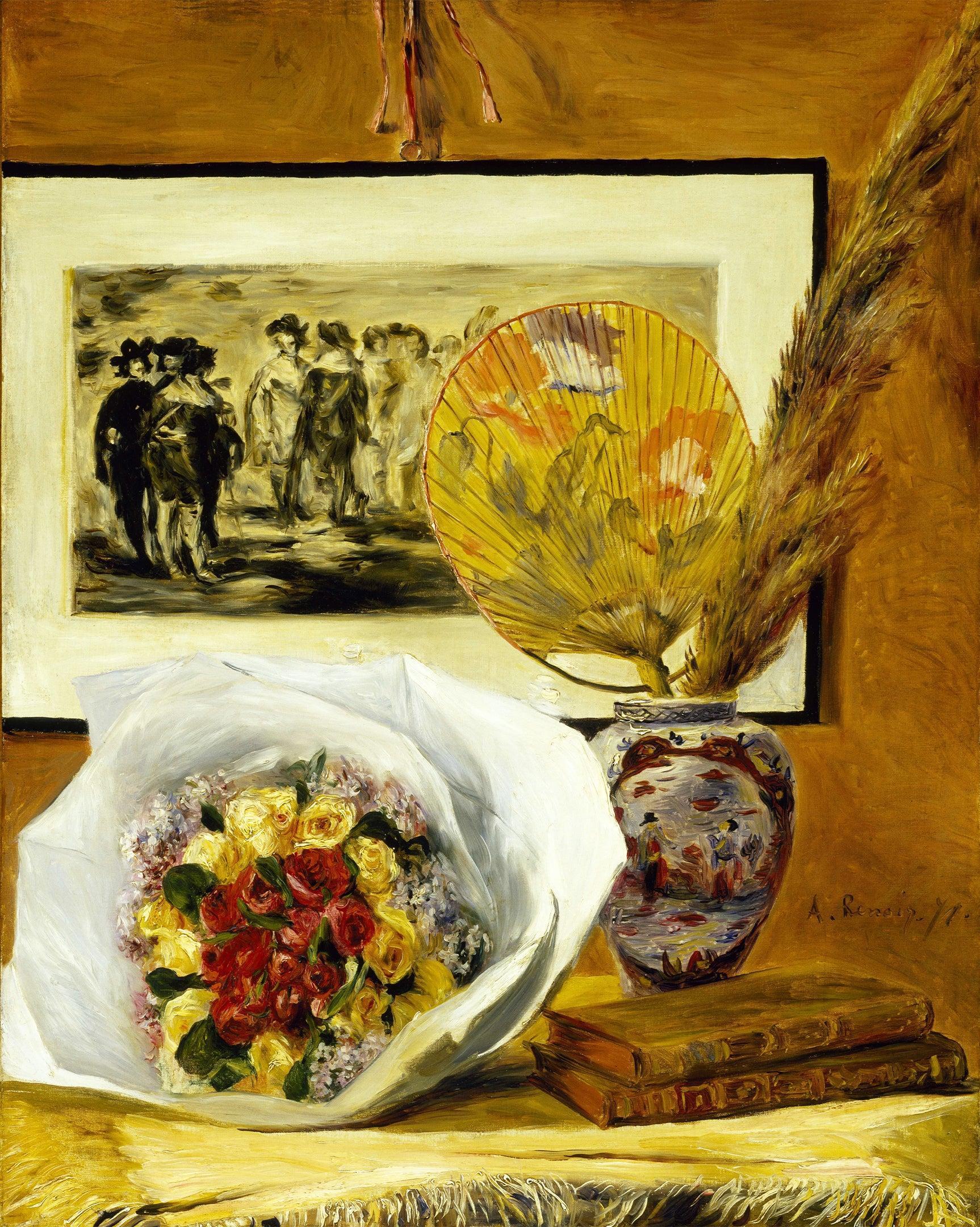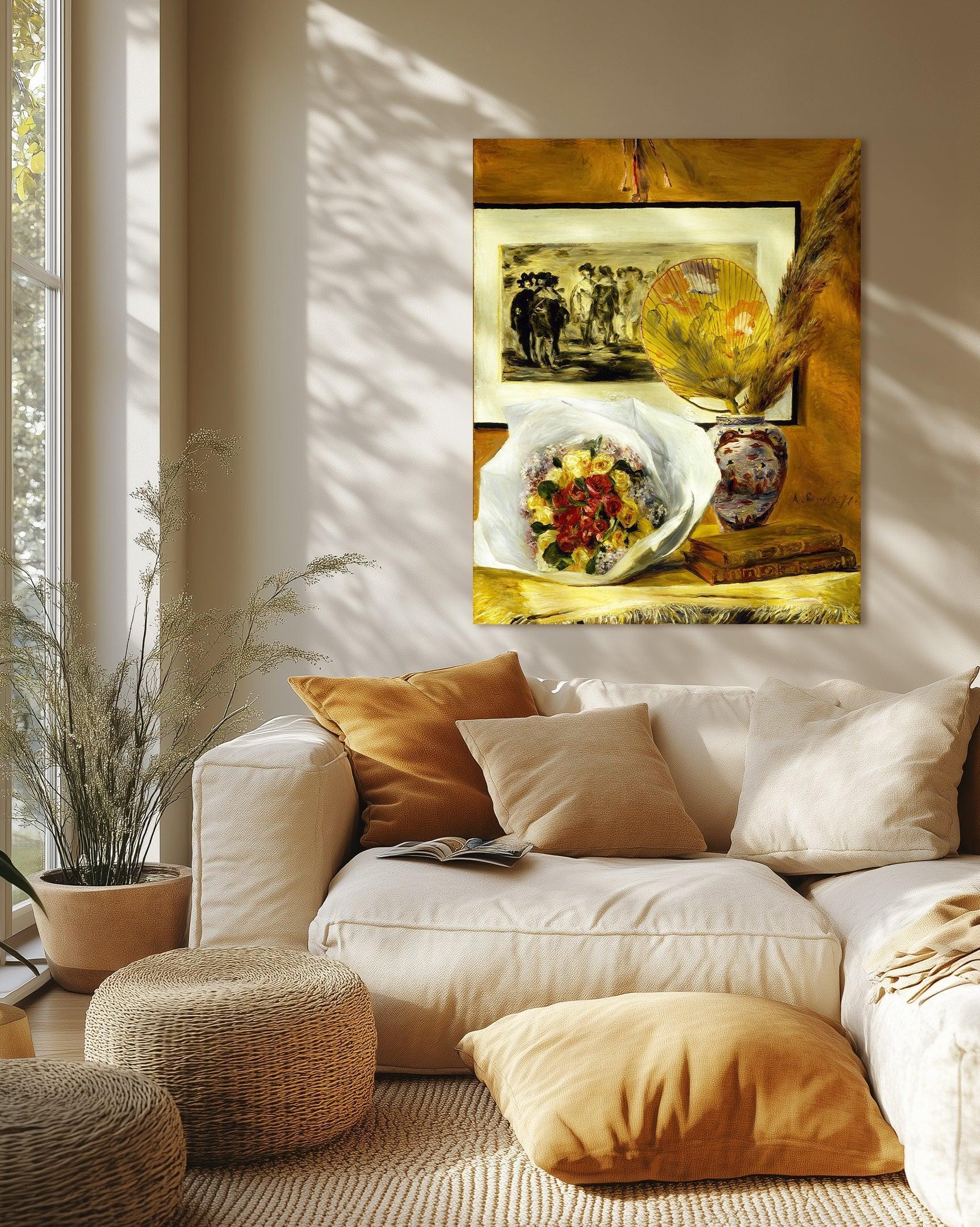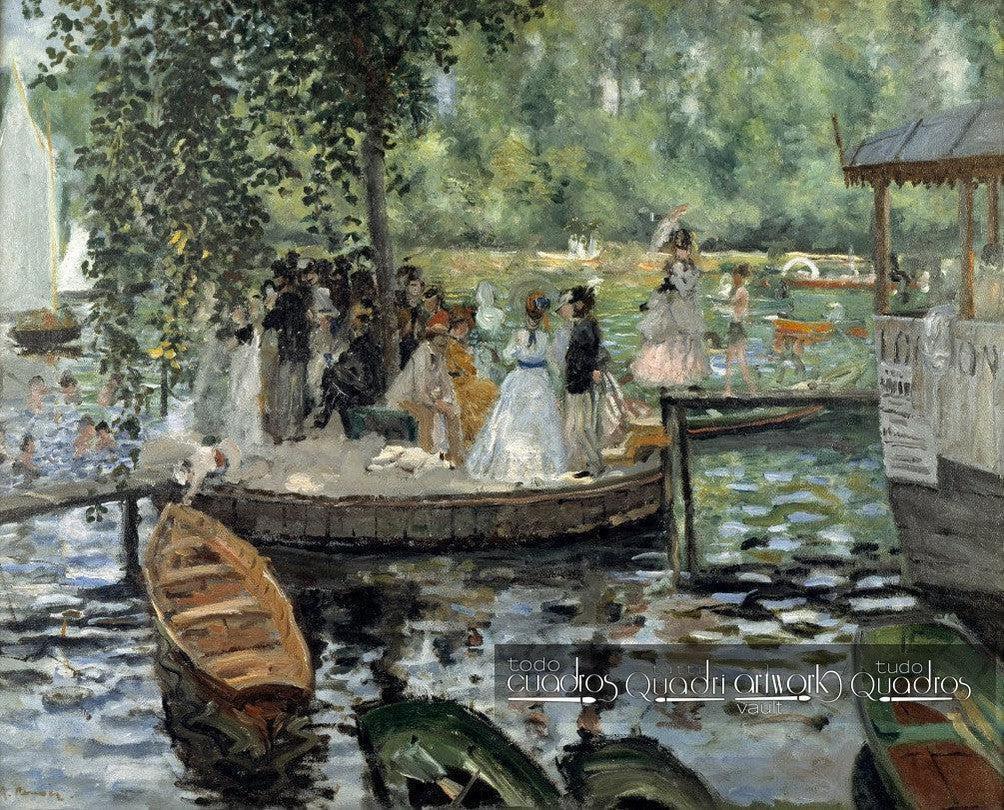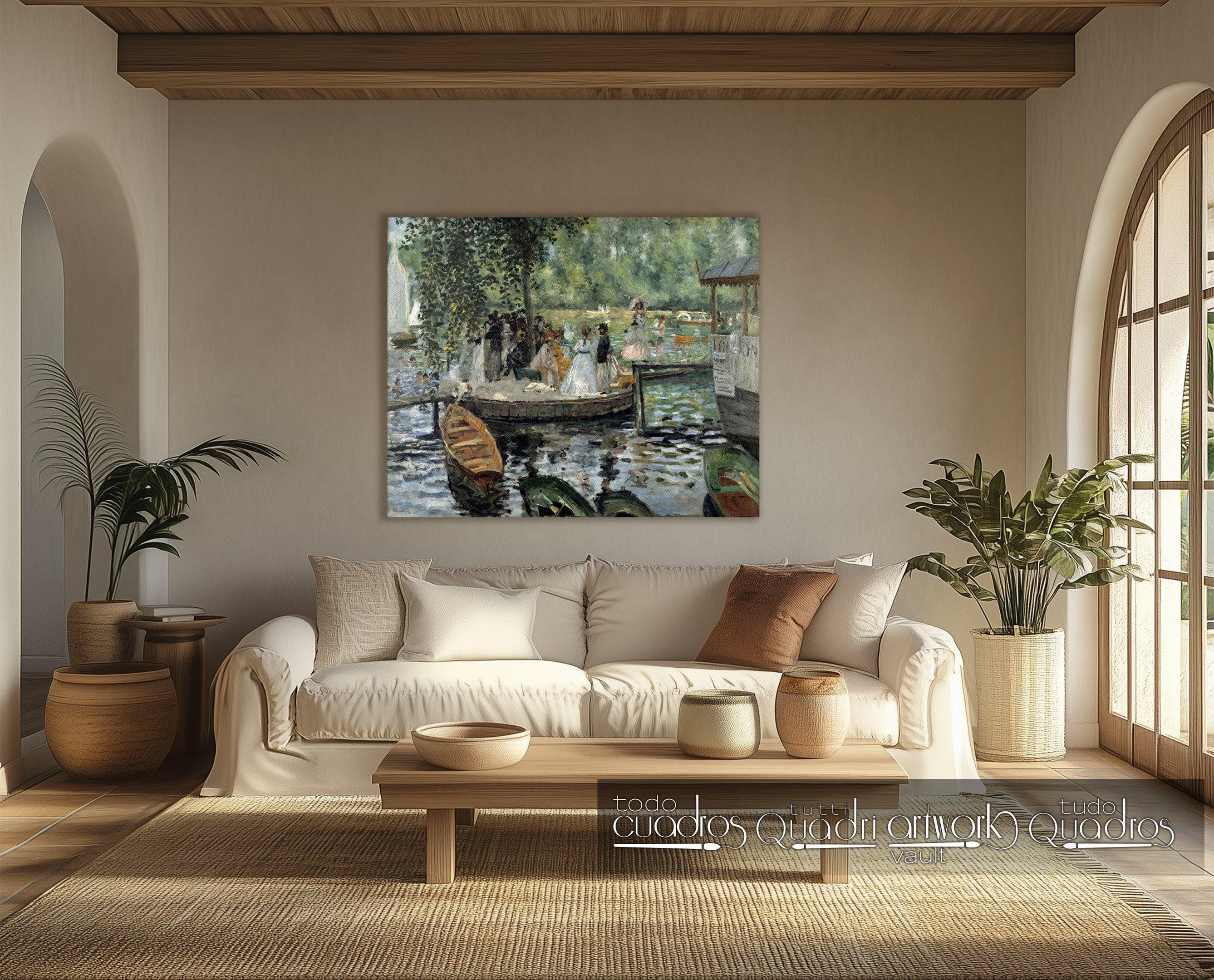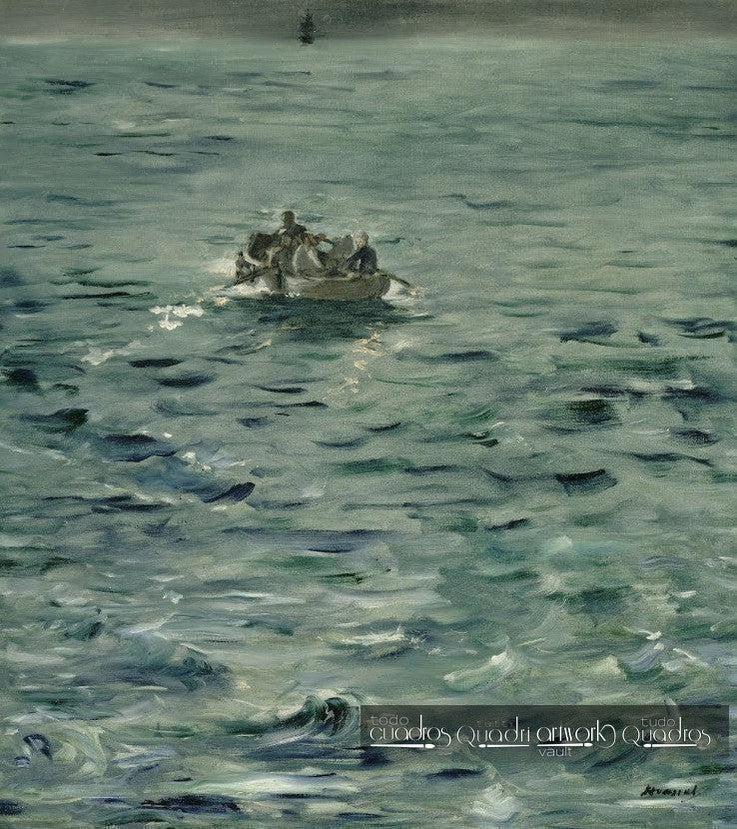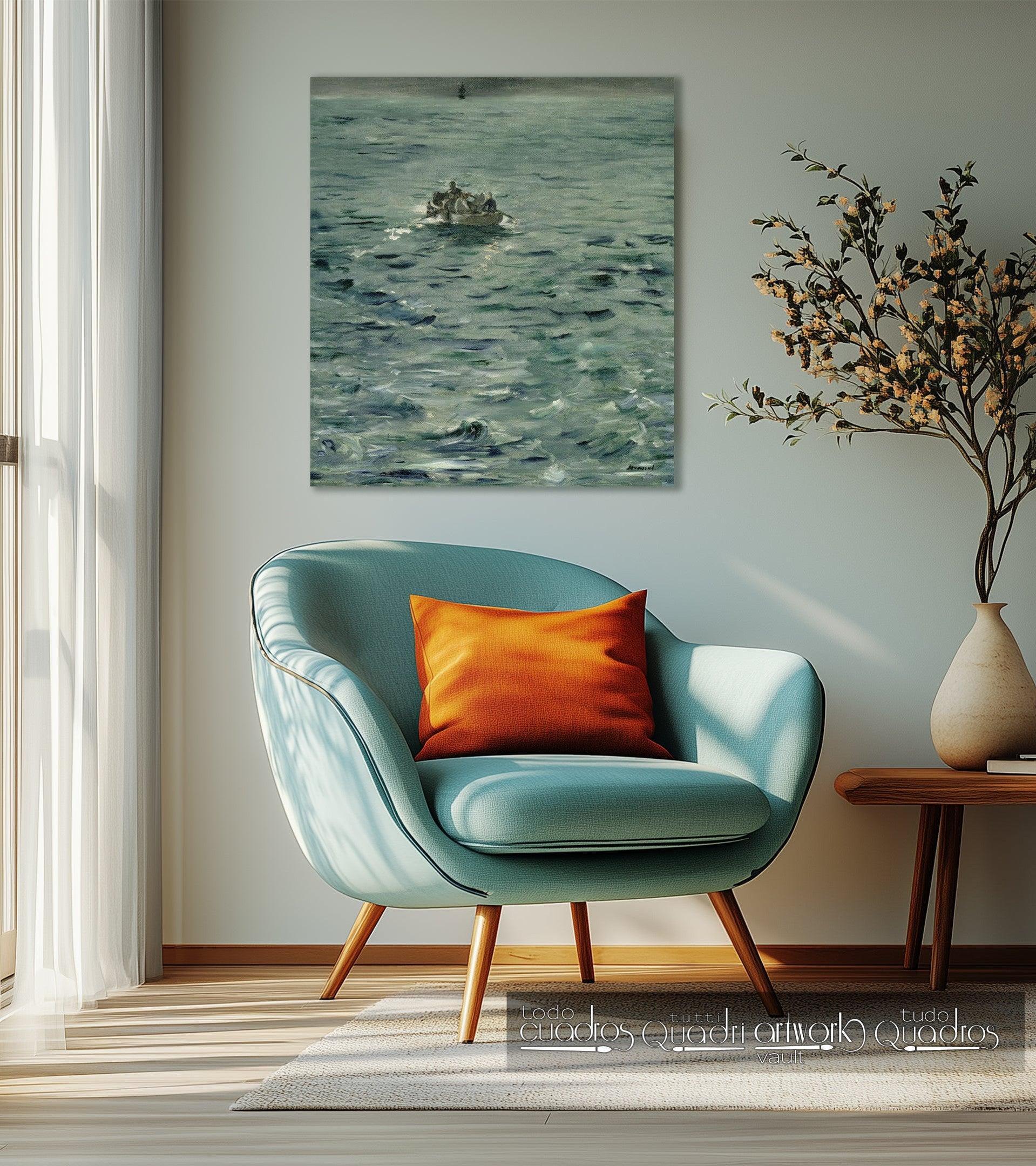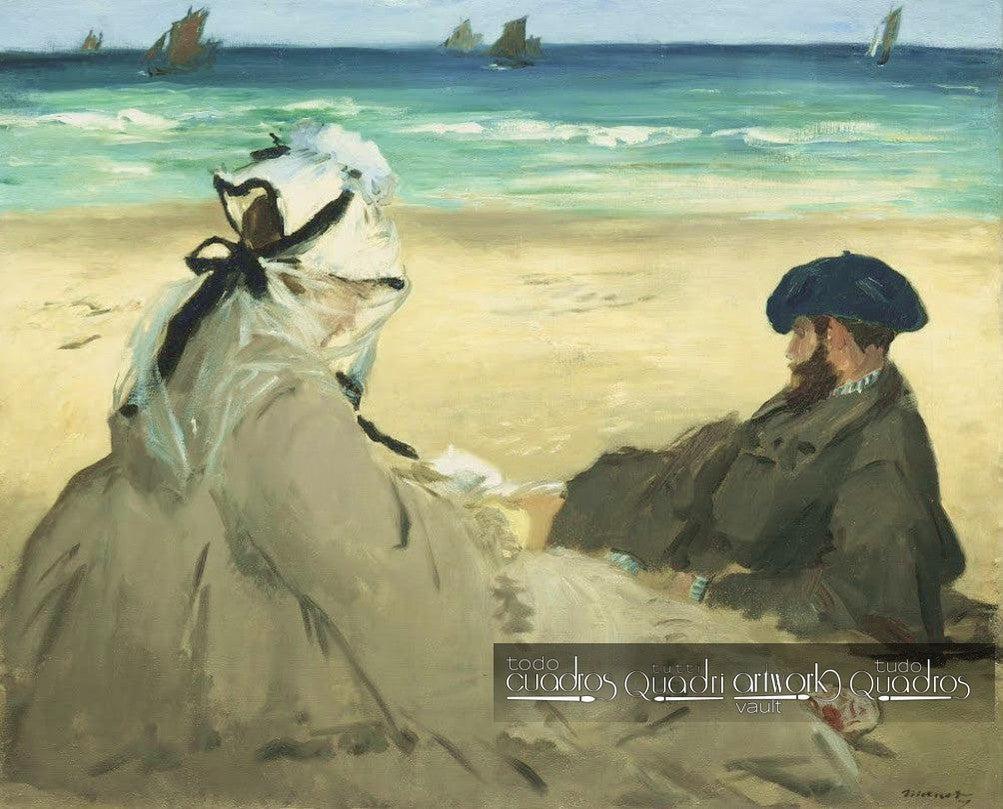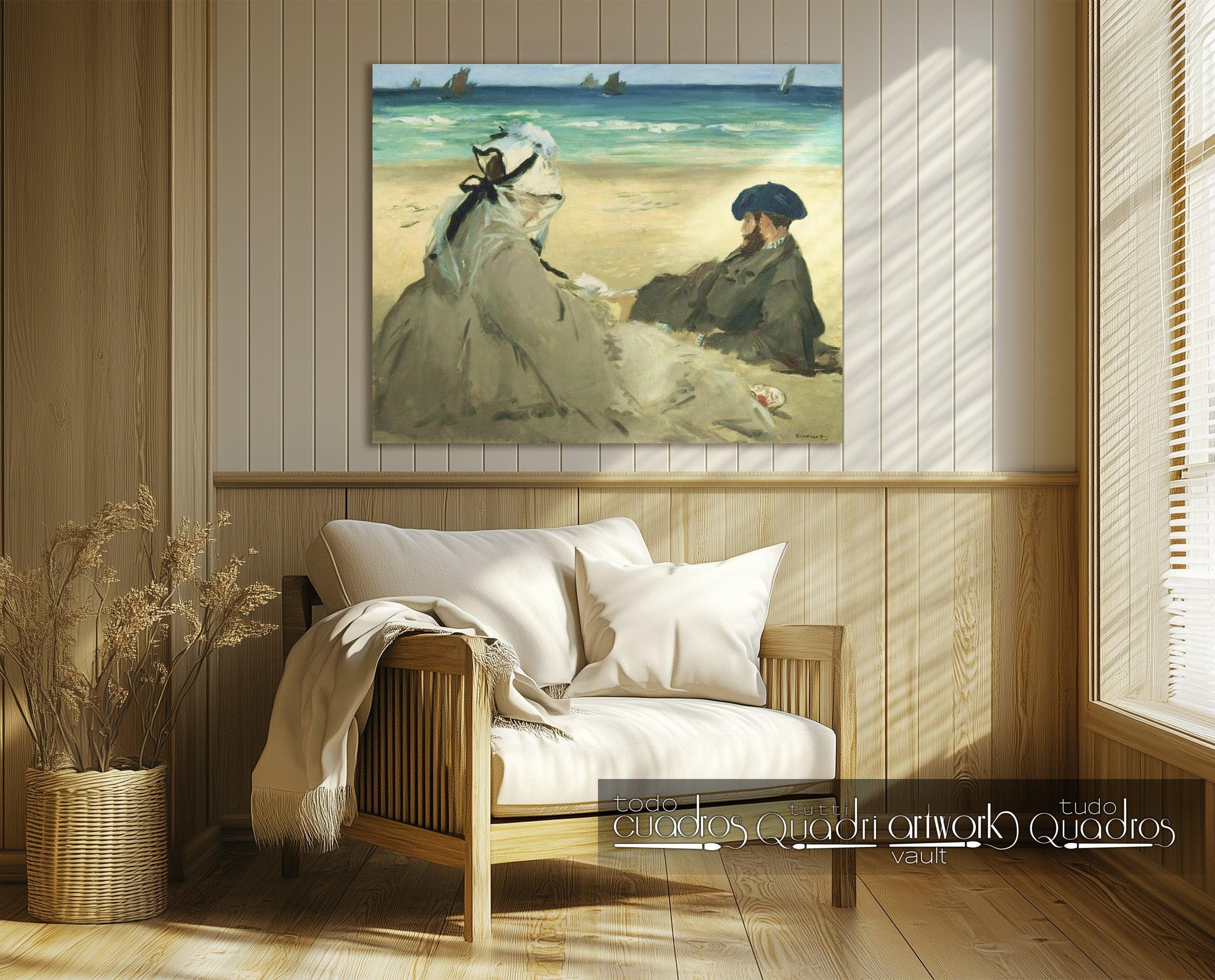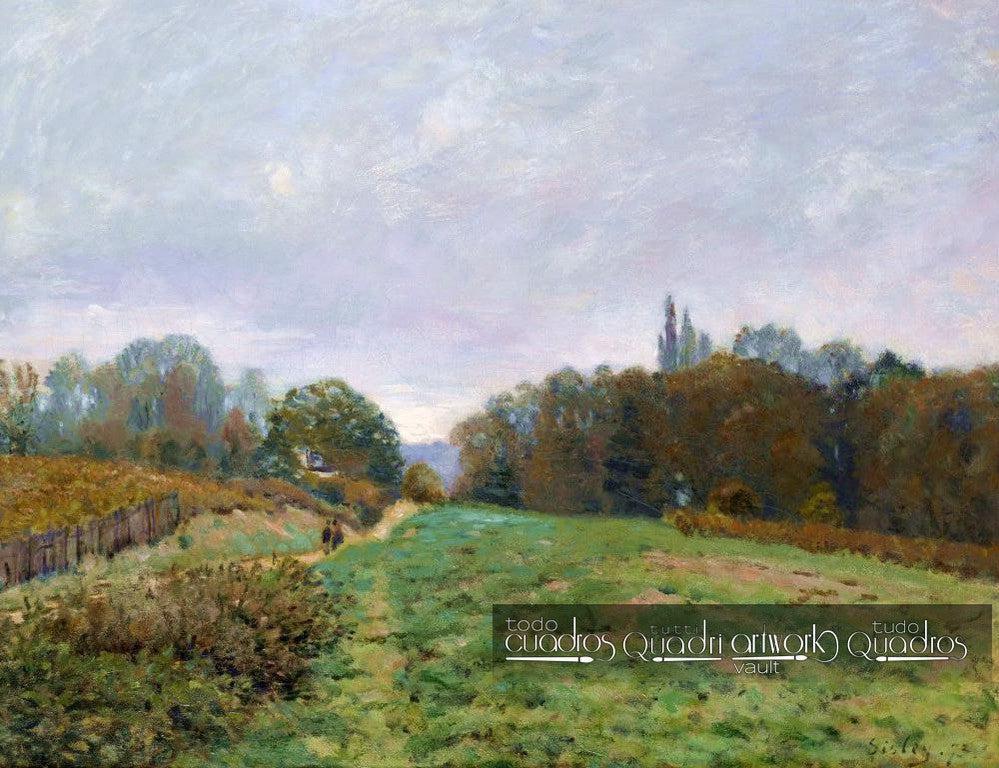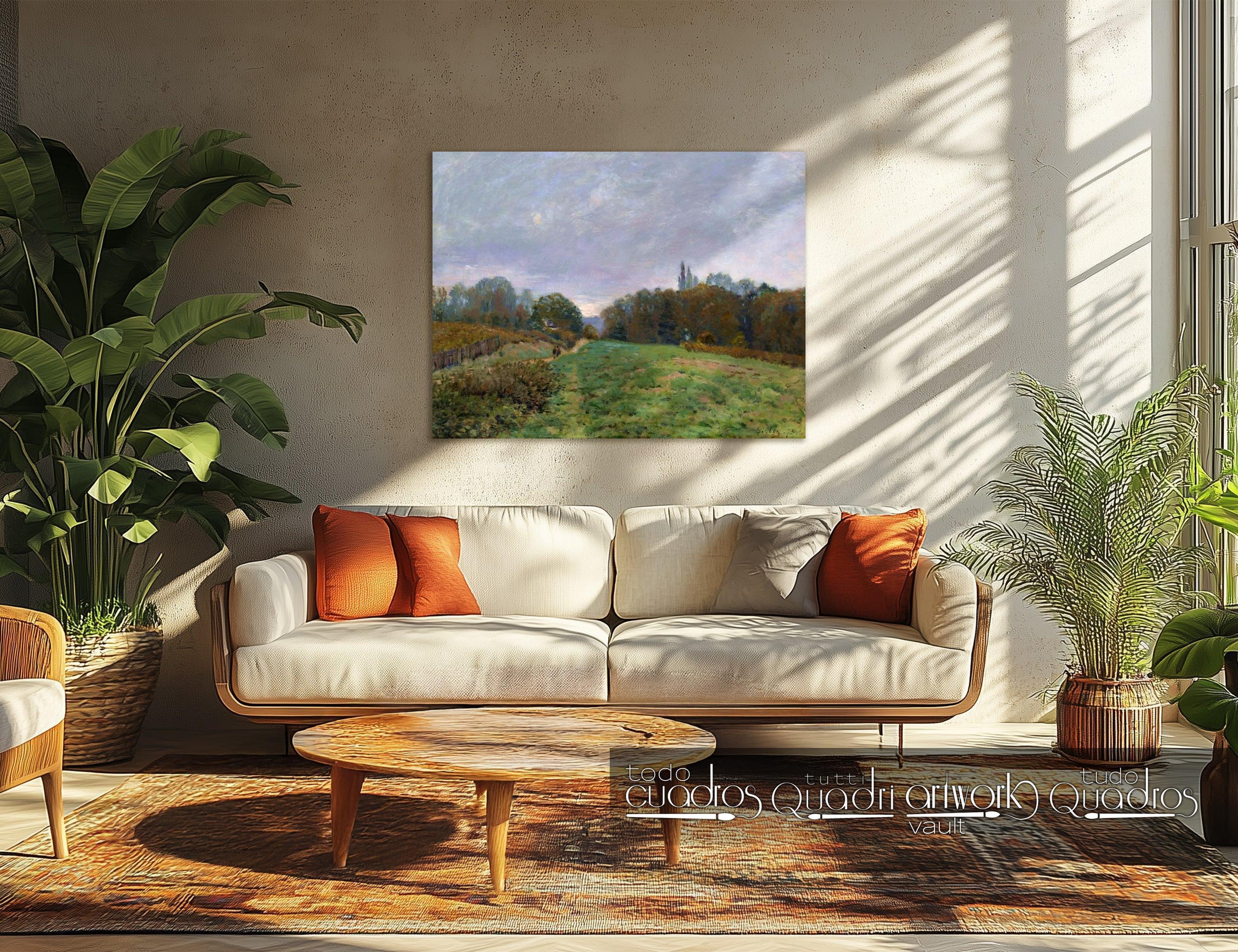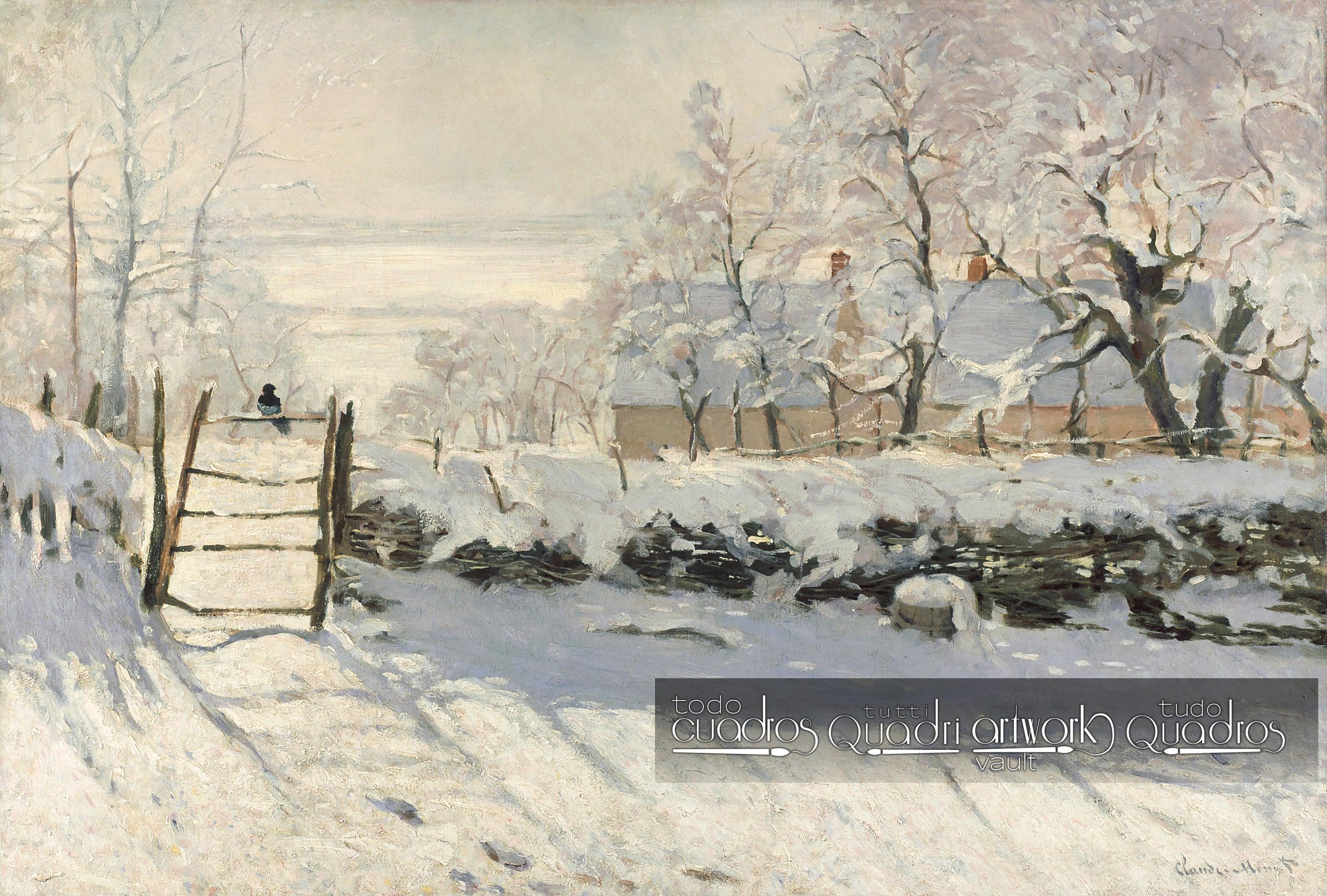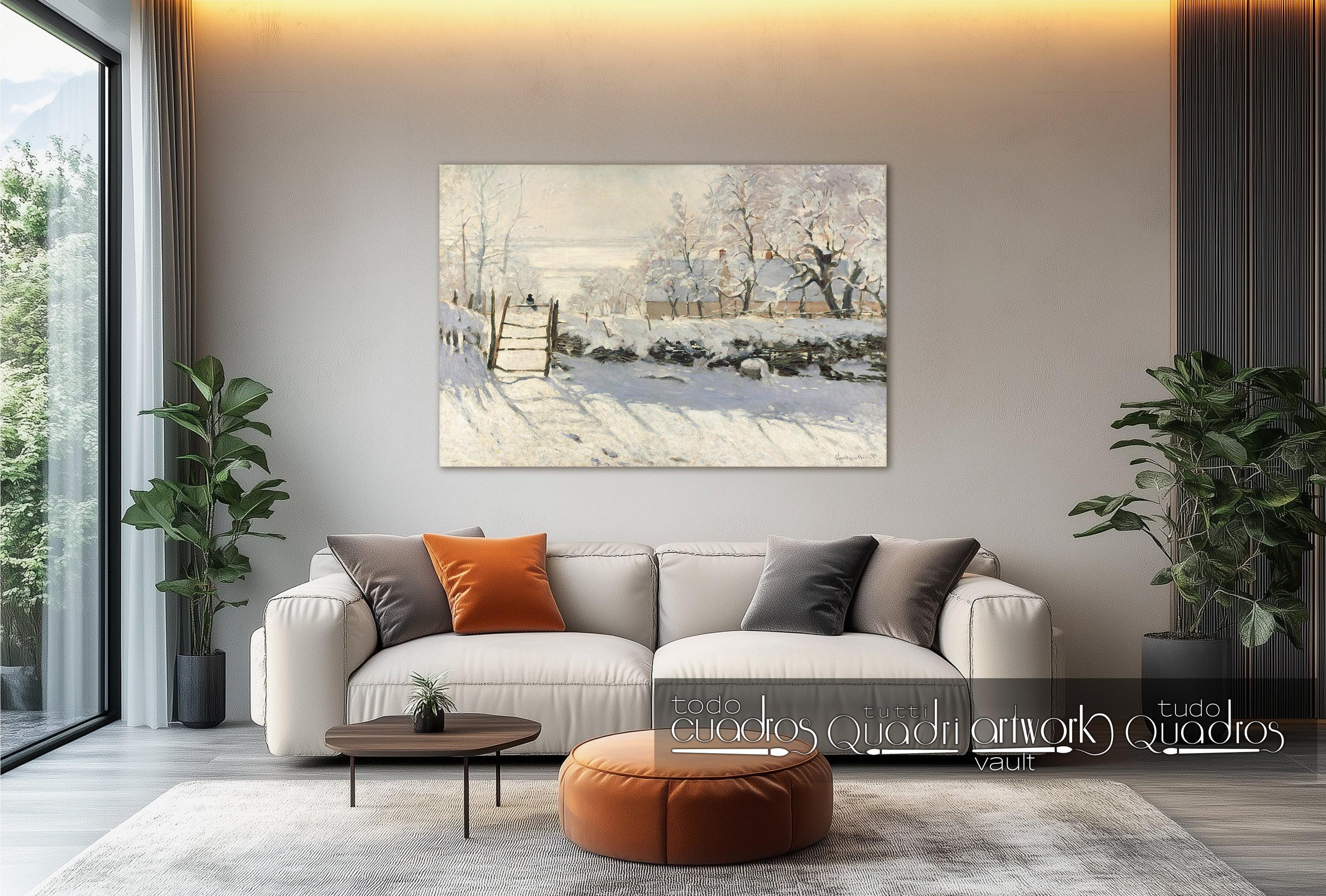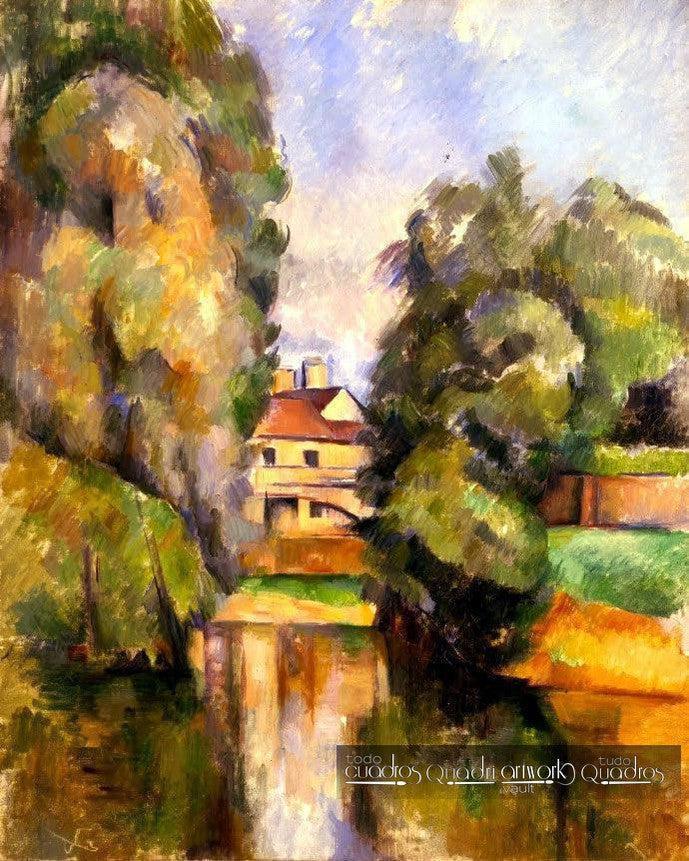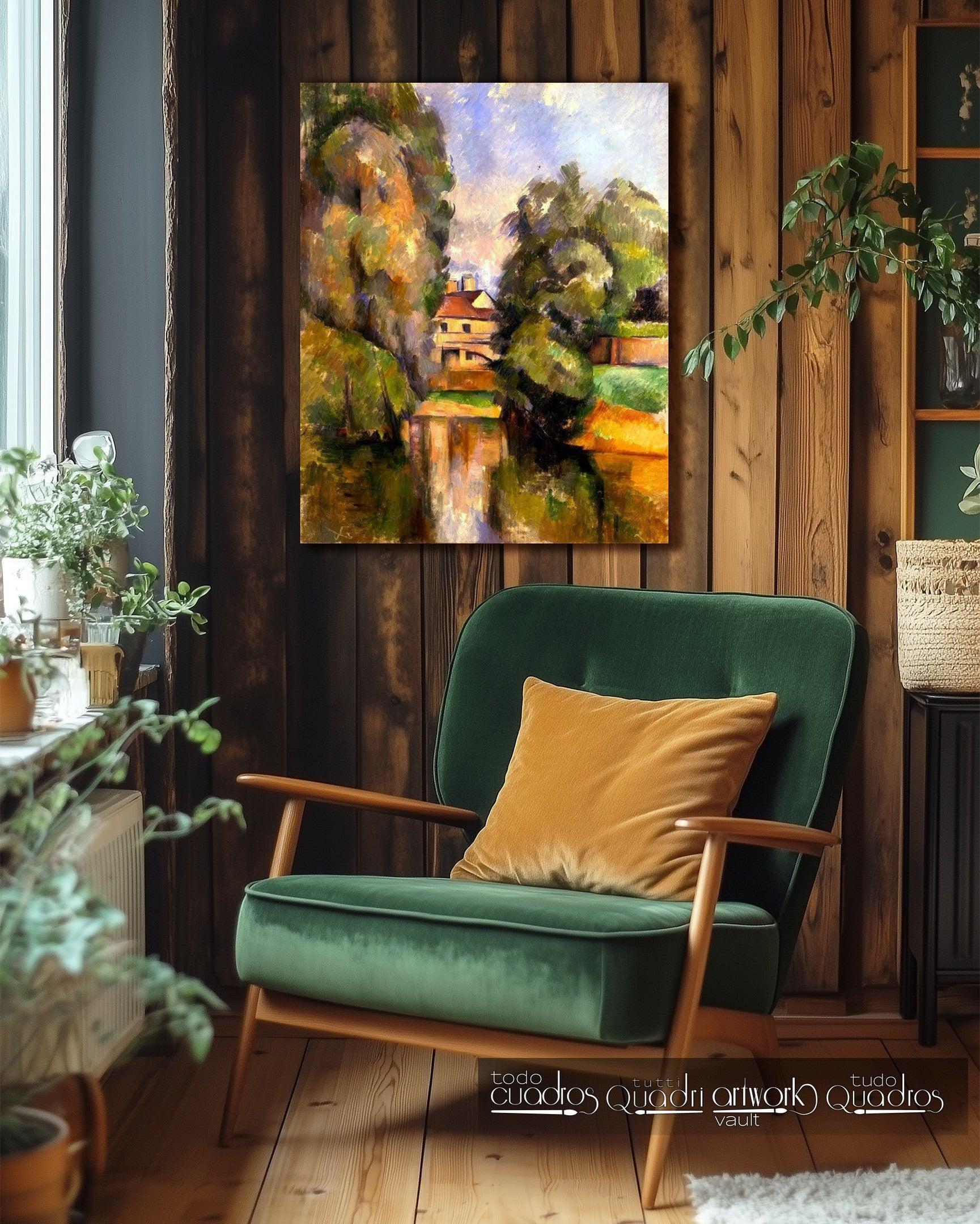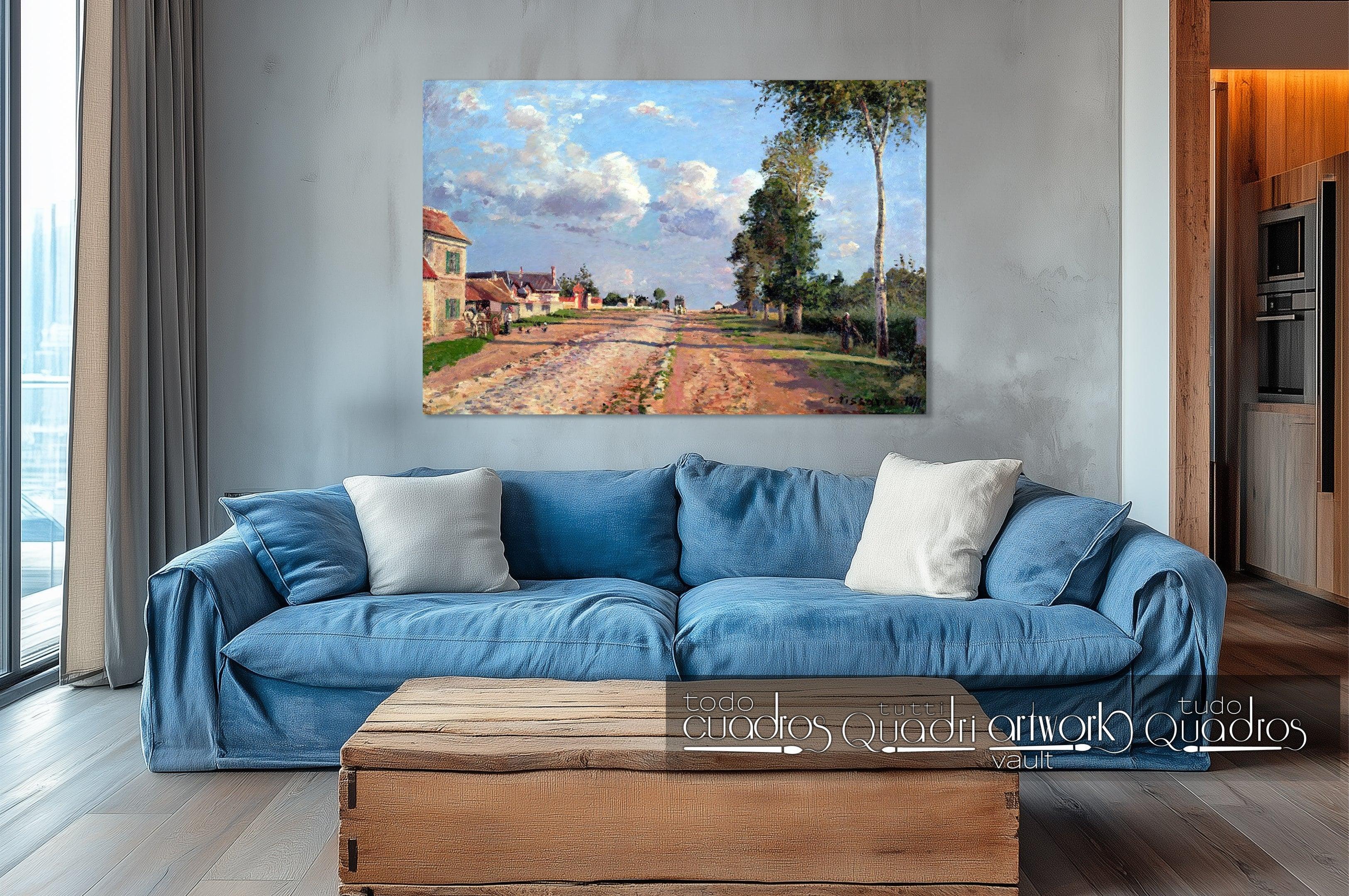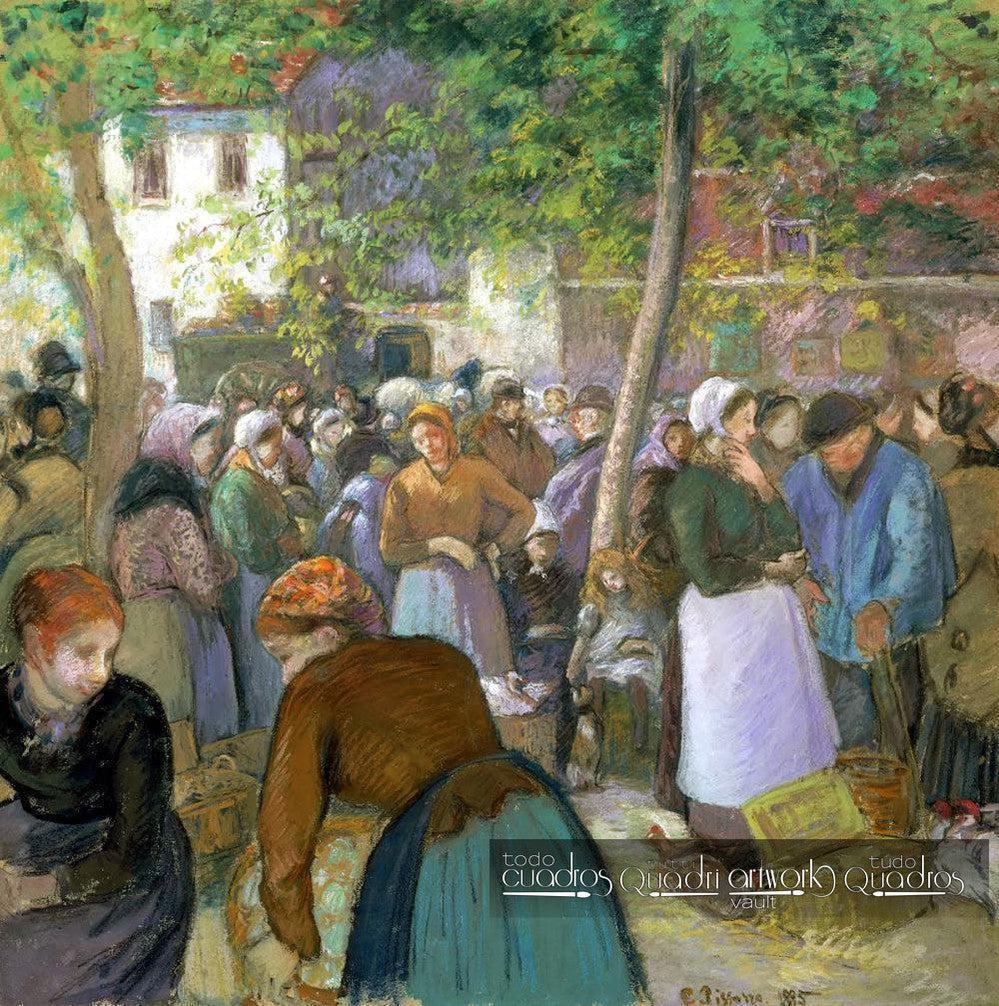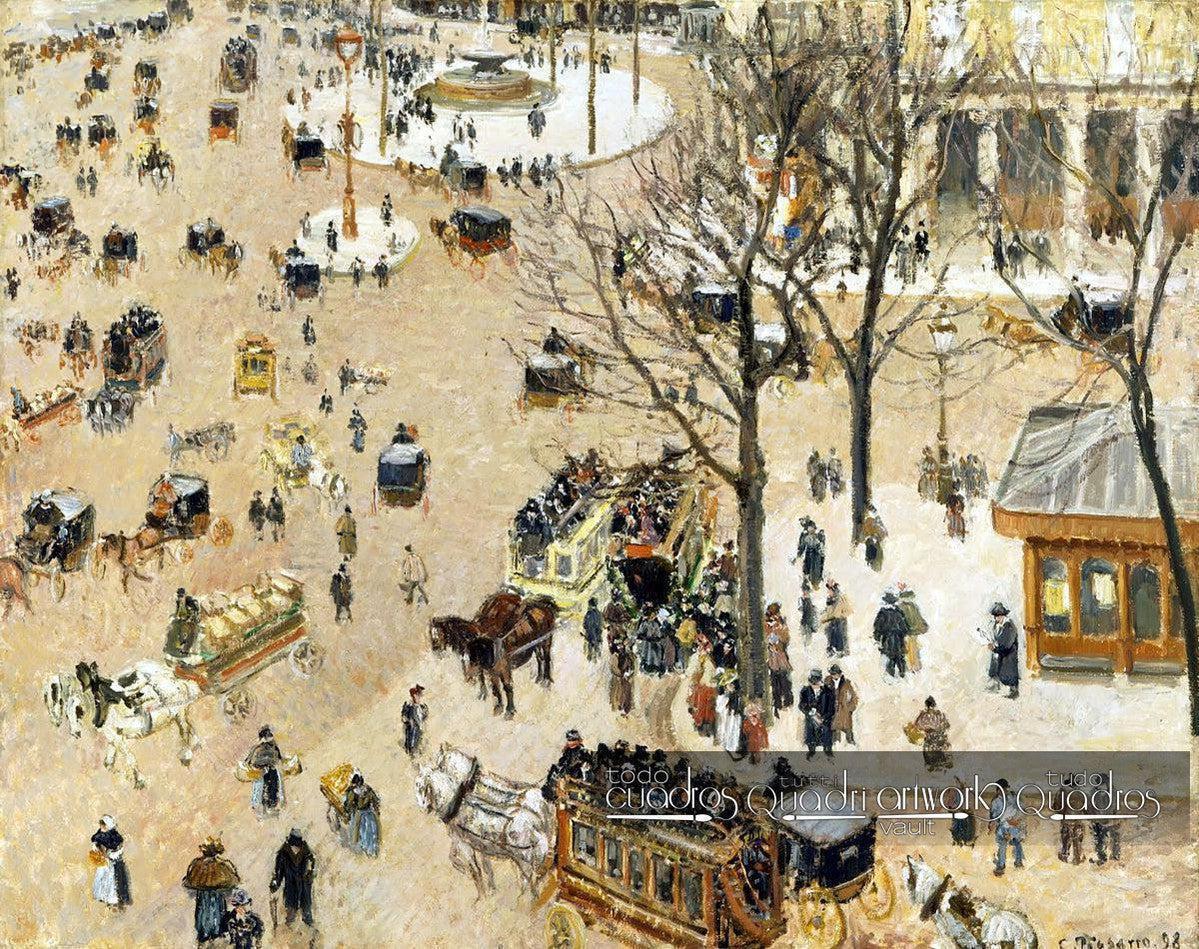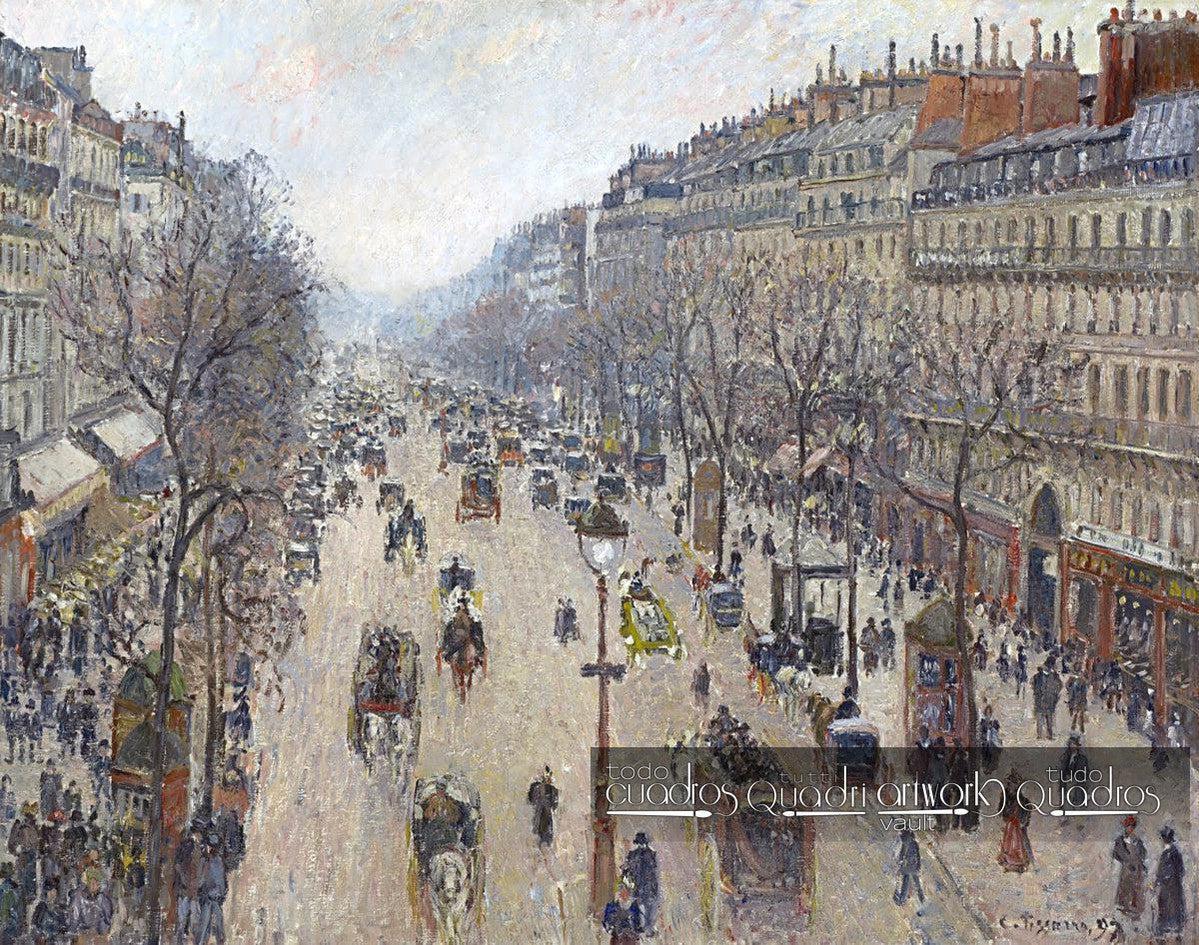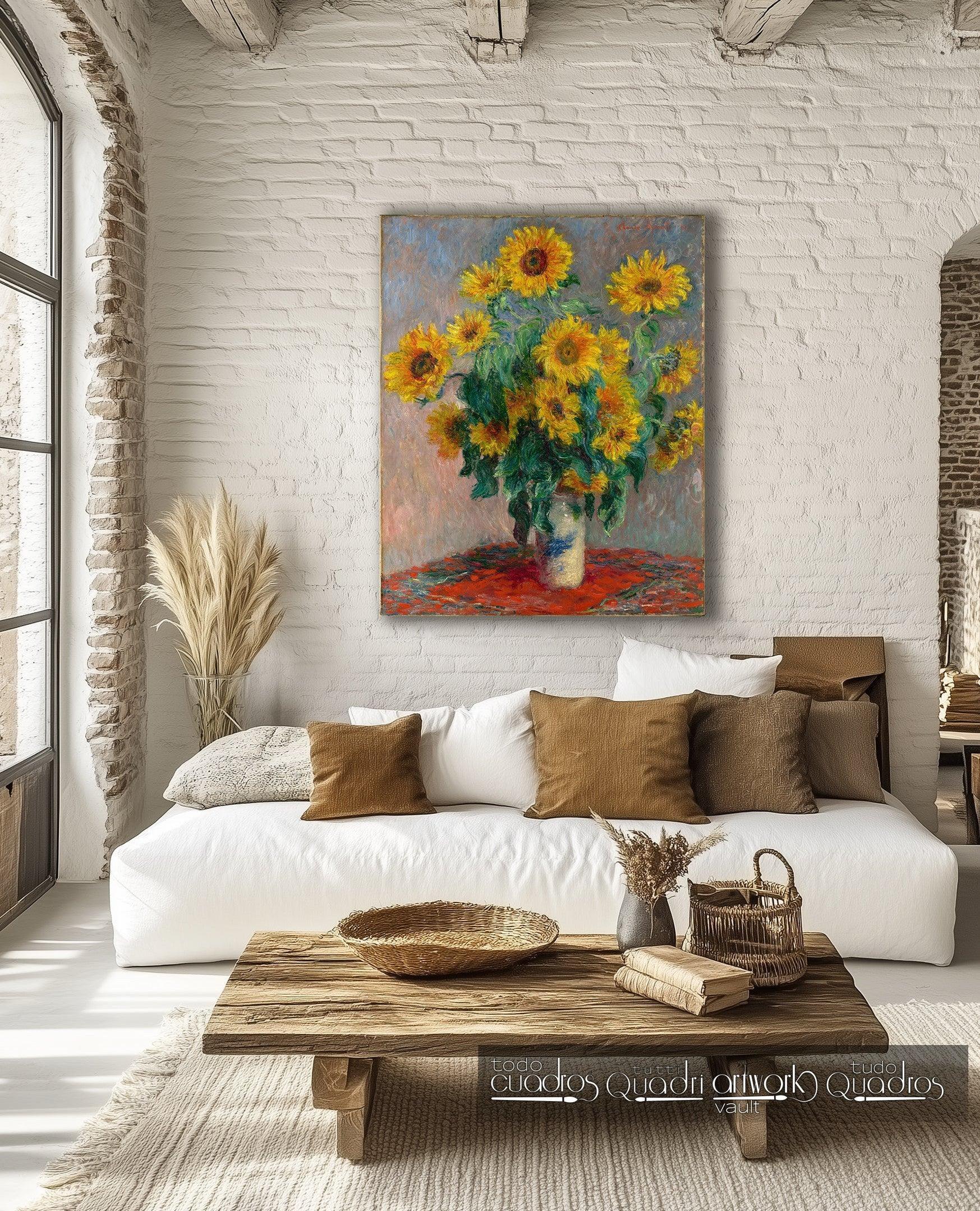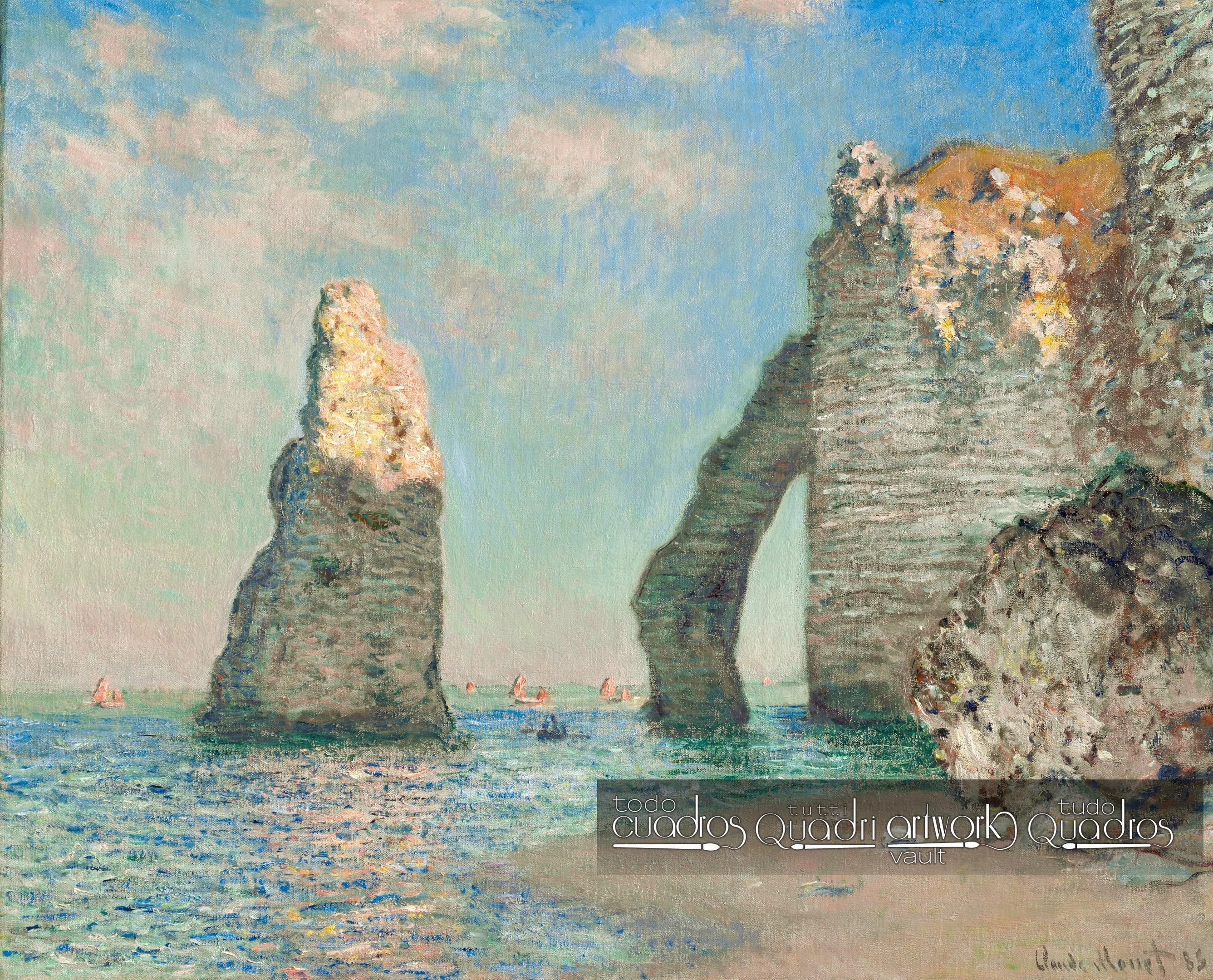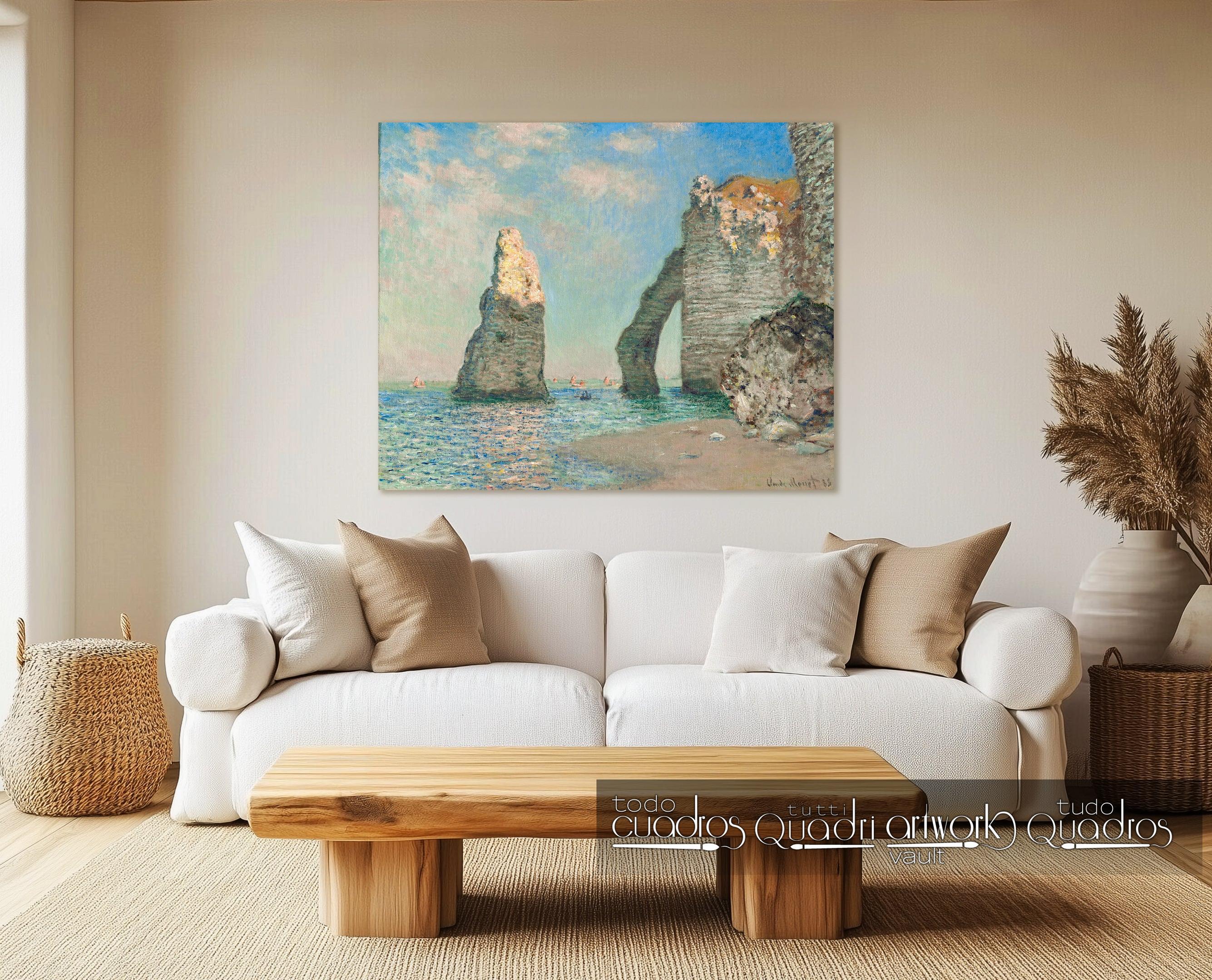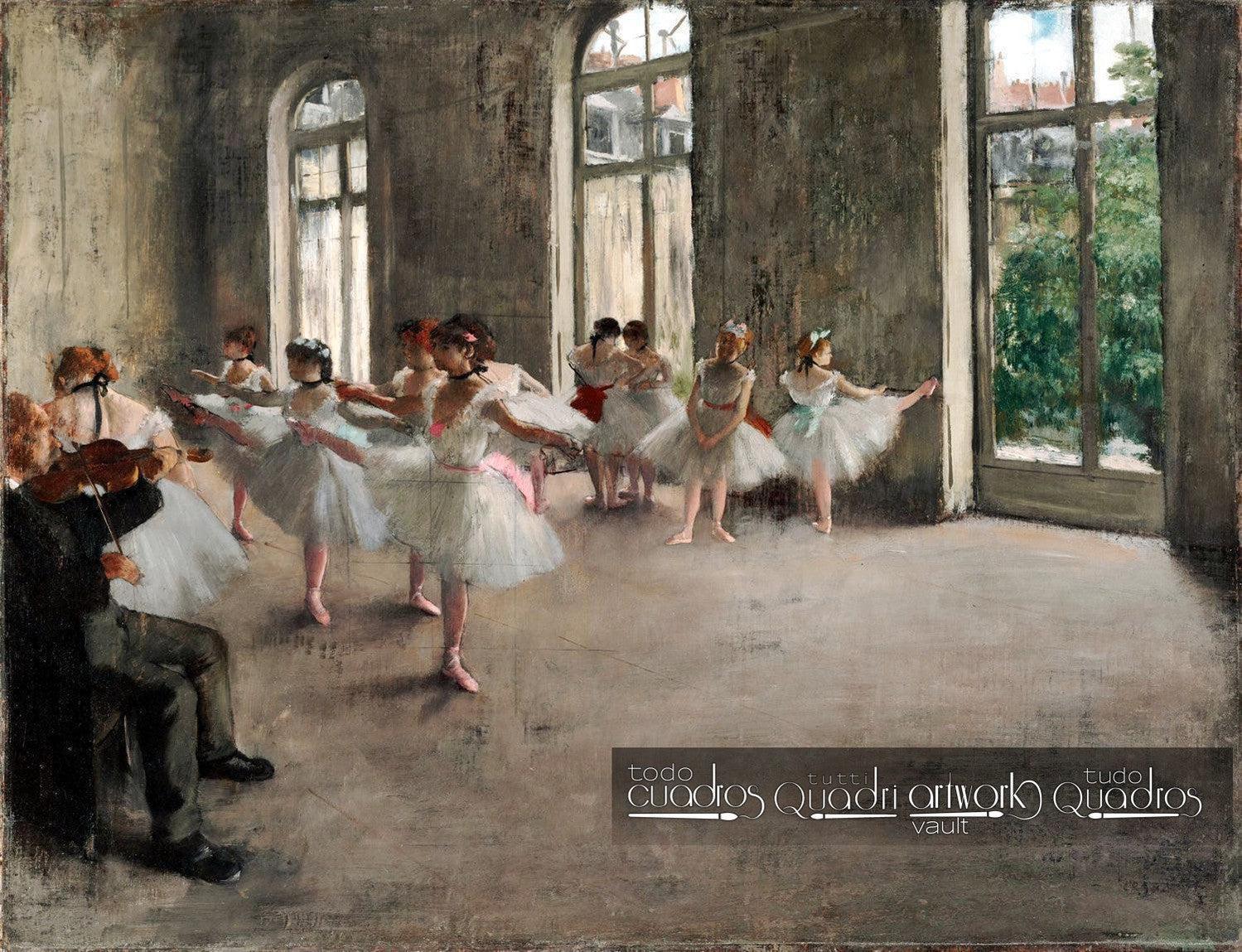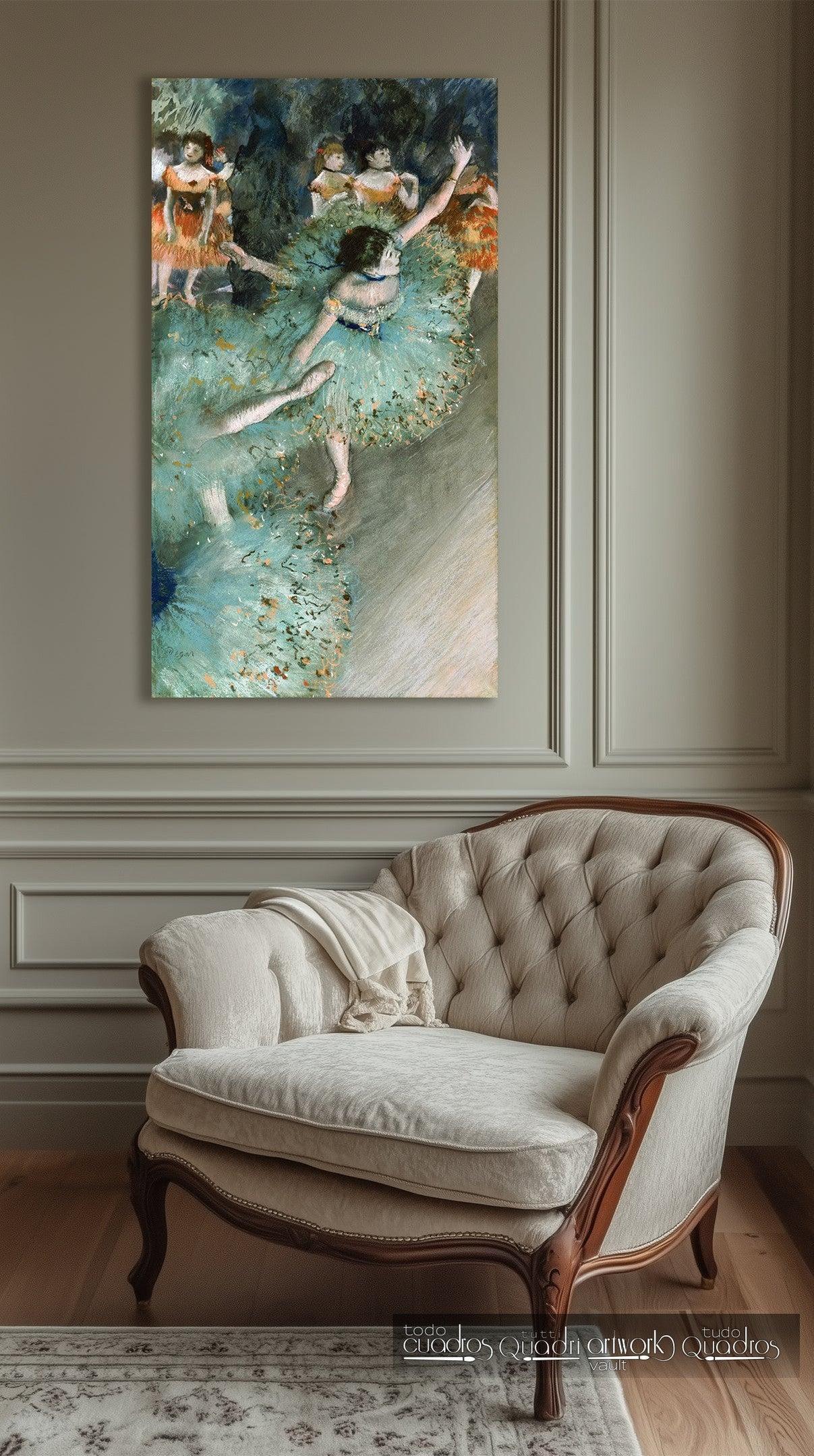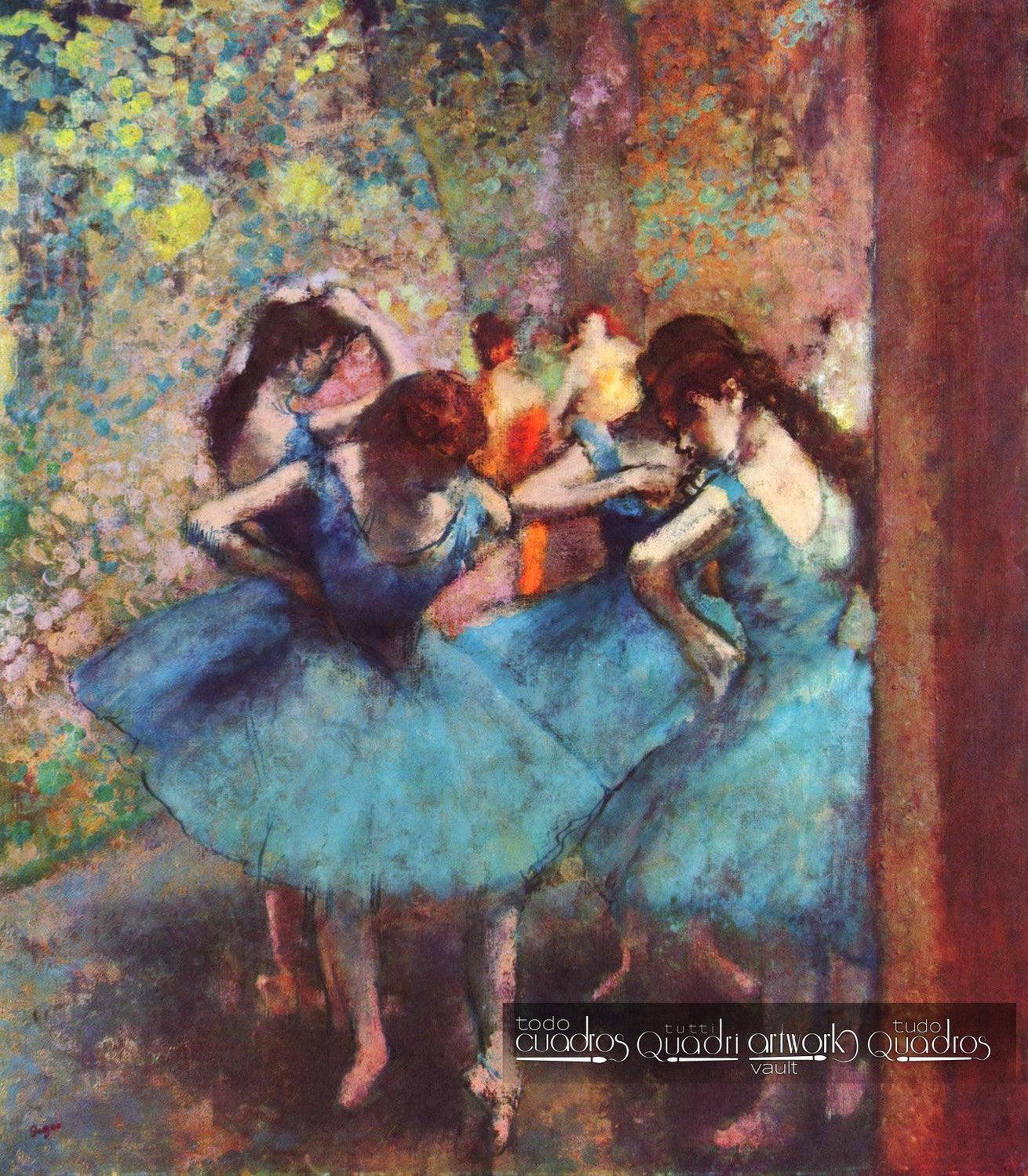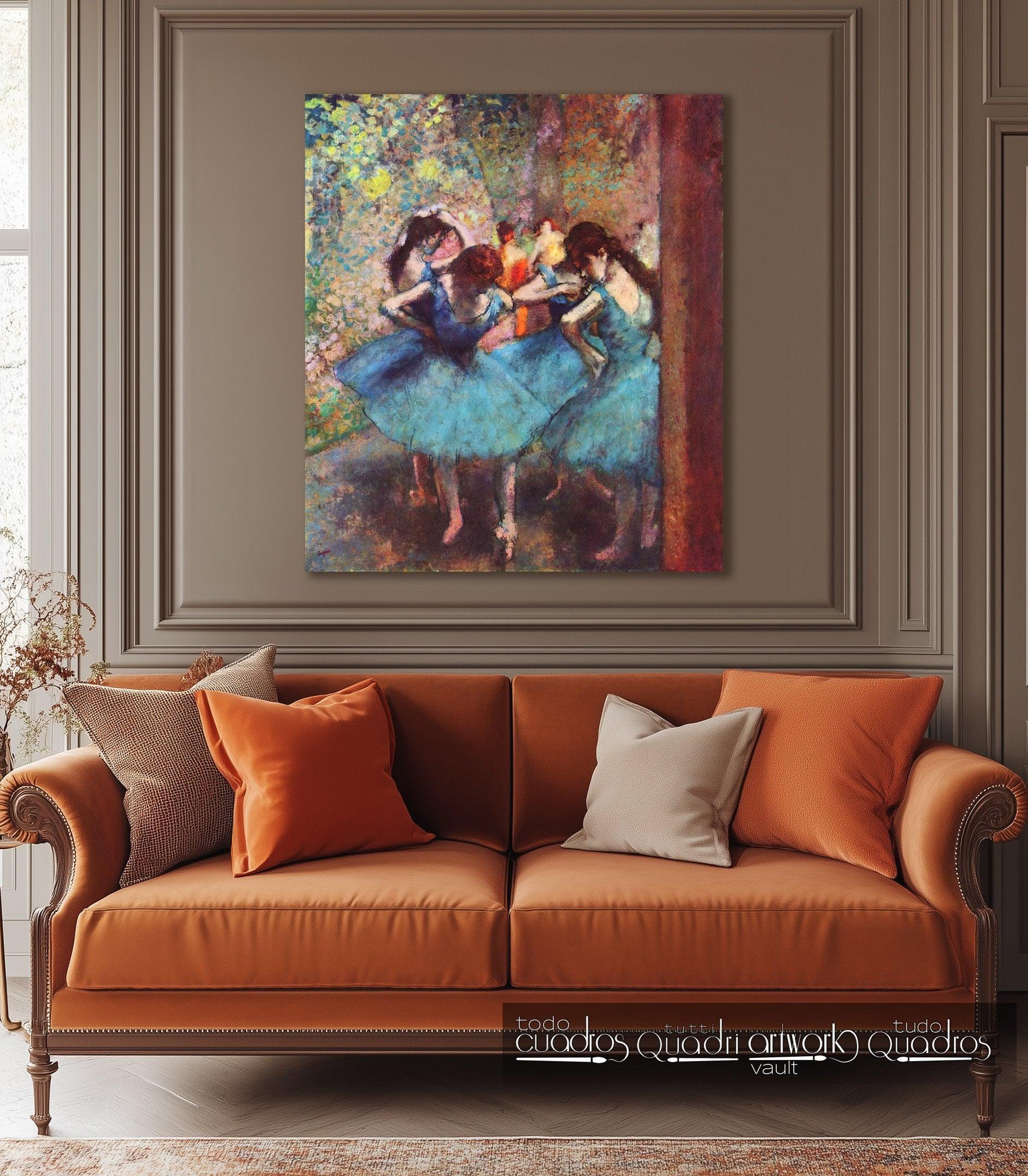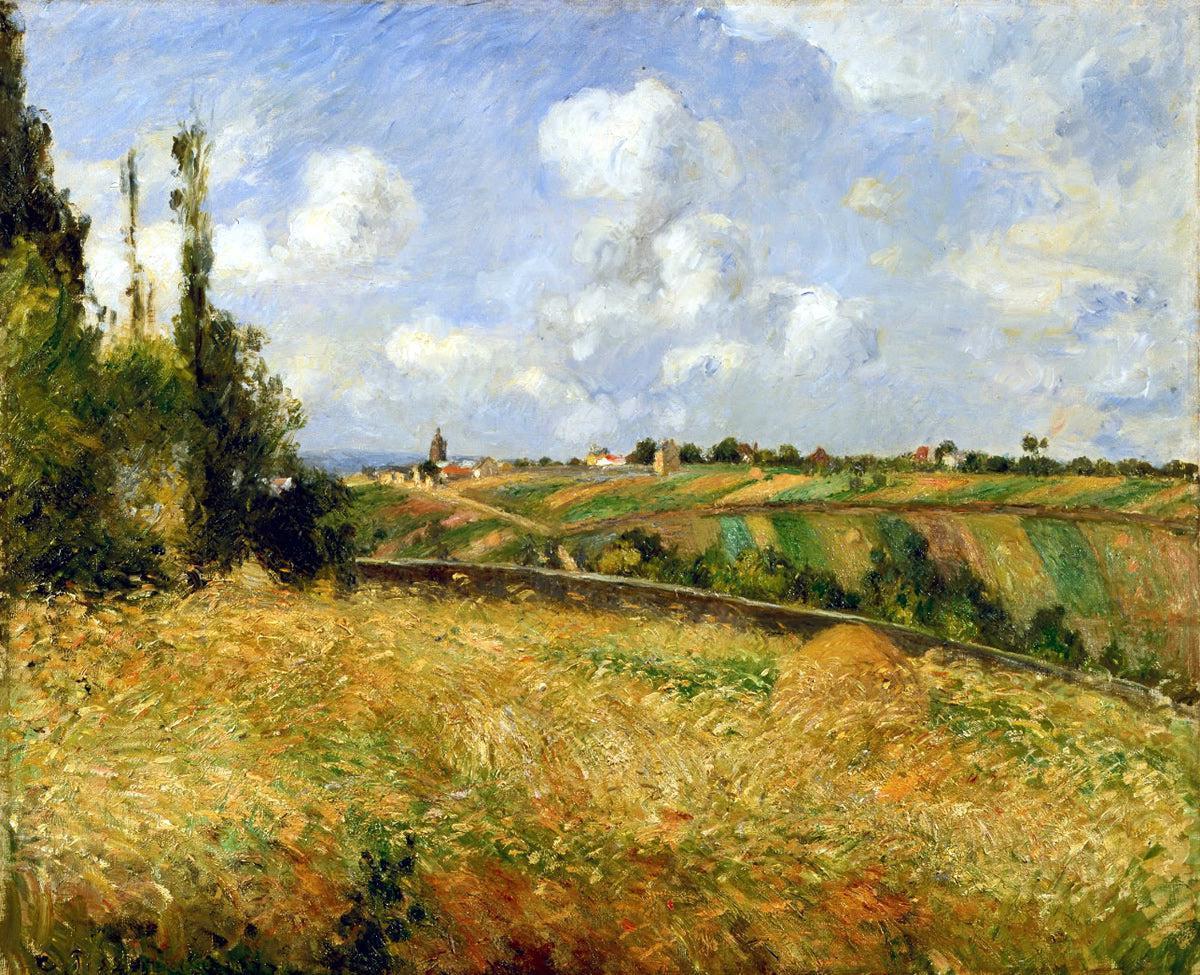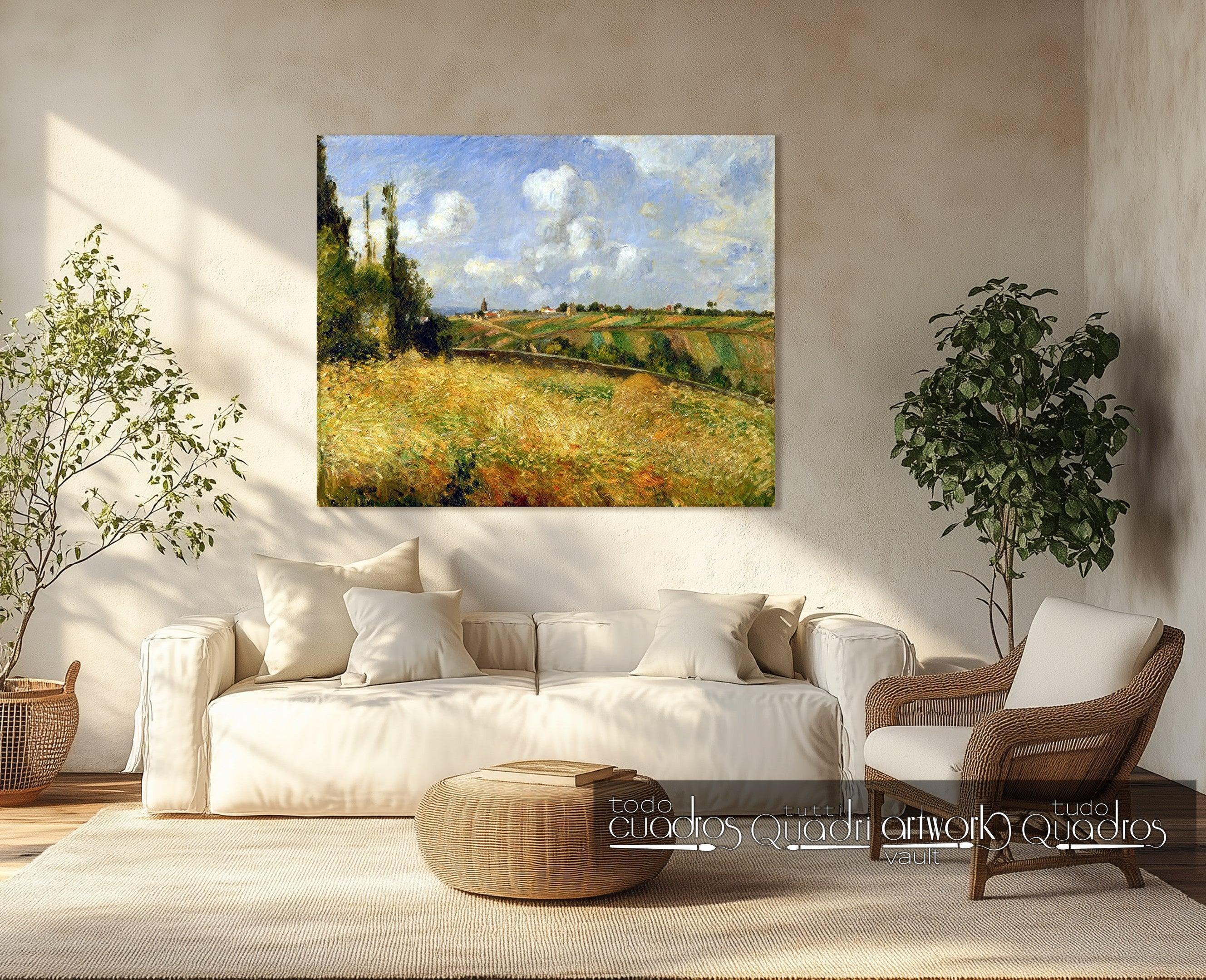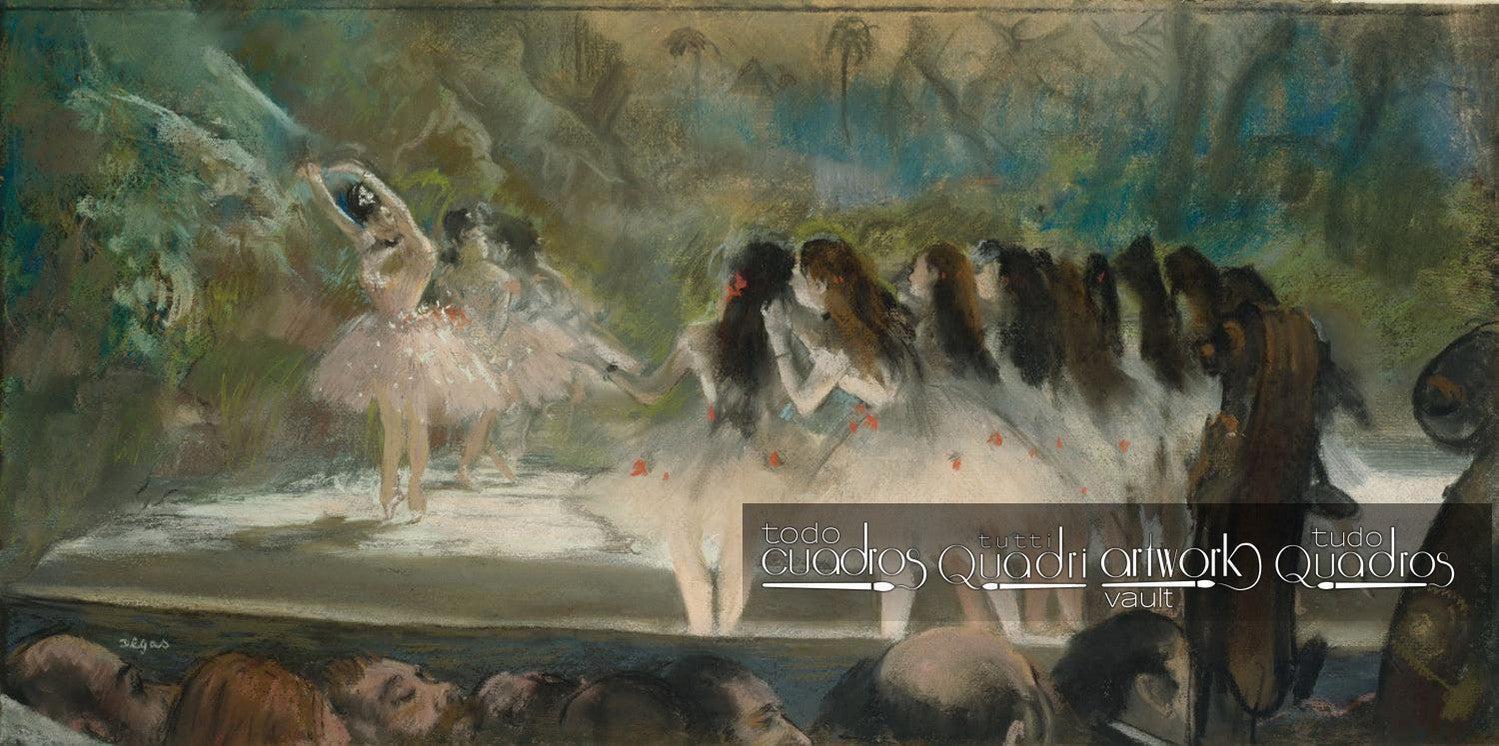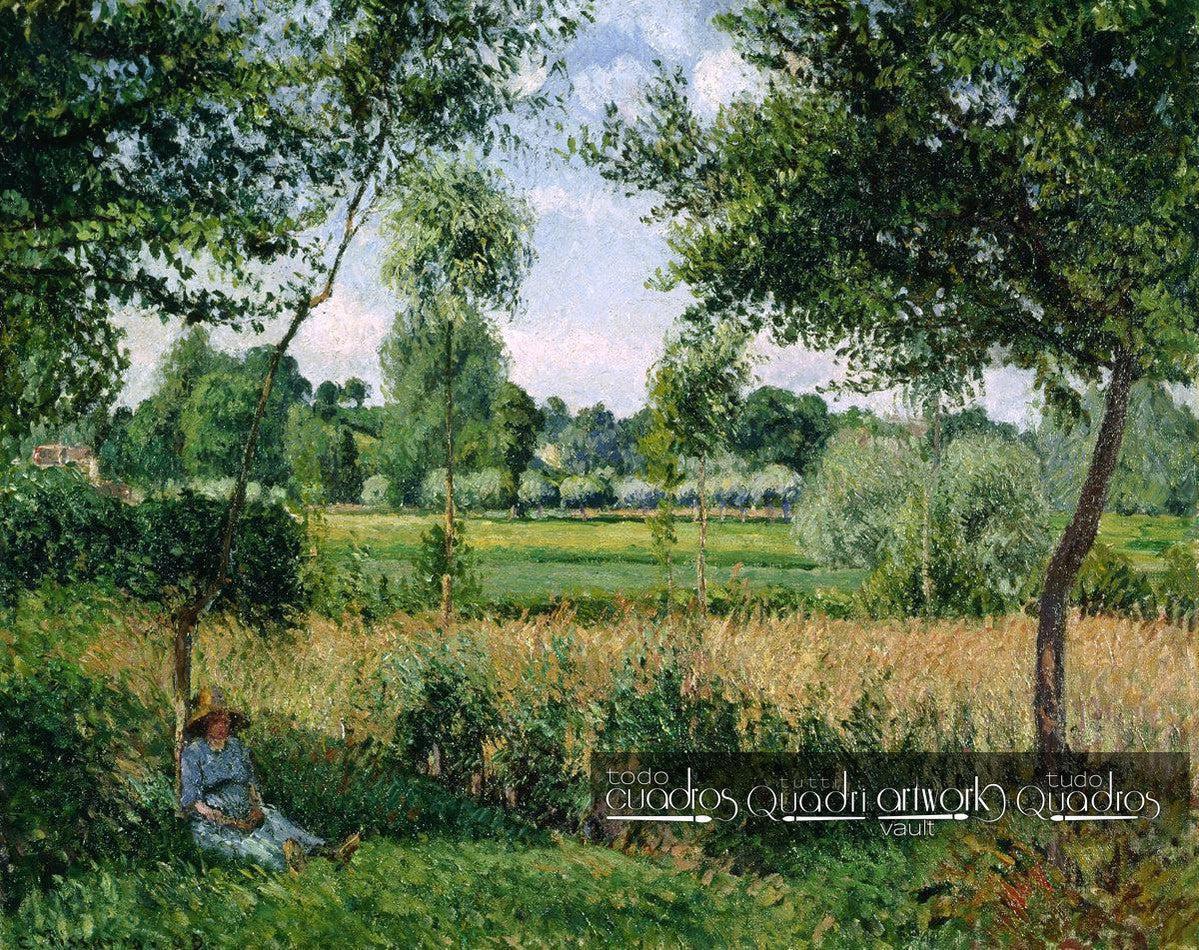The Bridge at Villeneuve-la-Garenne
$300.00 CAD
Still Life with Apples
$300.00 CAD
Wisteria
$300.00 CAD
Haystacks
$300.00 CAD
A Game of Croquet
$300.00 CAD
The Café-Concert
$300.00 CAD
The Battle of the Kearsarge and the Alabama
$300.00 CAD
Fog on Guernsey (Brouillard à Guernsey)
$408.00 CAD
The Piazza San Marco
$408.00 CAD
Girl Reading
$408.00 CAD
The Rue Mosnier Dressed with Flags
$300.00 CAD
The Ship's Deck
$300.00 CAD
The Card Players
$300.00 CAD
The Oise near Pontoise in Grey Weather
$300.00 CAD
The Tree by the Bend
$300.00 CAD
The Pond
$300.00 CAD
The Bridge at Moret
$300.00 CAD
Square in Argenteuil (Rue de la Chaussée)
$300.00 CAD
Road at Wargemont
$408.00 CAD
Still Life with Bouquet
$408.00 CAD
La Grenouillère
$408.00 CAD
Rochefort's Escape
$300.00 CAD
On the Beach
$300.00 CAD
Landscape at Louveciennes
$300.00 CAD
Charing Cross Bridge
$300.00 CAD
The Magpie
$300.00 CAD
Fruit and a Jug on a Table
$300.00 CAD
Still Life with Flowers and Fruit
$300.00 CAD
Country House with River
$300.00 CAD
Route de Versailles, Rocquencourt
$300.00 CAD
Boulevard Montmartre, Spring
$300.00 CAD
Peasants' houses, Eragny
$300.00 CAD
Apple Harvest
$434.00 CAD
The Effect of Fog
$300.00 CAD
The Factory in Pontoise
$300.00 CAD
Poultry Market at Gisors
$434.00 CAD
The French Theater Square
$300.00 CAD
Boulevard Montmartre, morning, cloudy weather
$408.00 CAD
The Hermitage at Pontoise
$300.00 CAD
Bouquet of Sunflowers
$300.00 CAD
The Cliffs at Étretat
$300.00 CAD
Quarry at Bibémus
$300.00 CAD
The Rehearsal
$608.00 CAD
Swaying Dancer (Dancer in Green)
$408.00 CAD
Dancers in Blue
$408.00 CAD
A Rye Field
$300.00 CAD
Ballet at the Paris Opéra
$608.00 CAD
Morning Sunlight Effect, Eragny
$300.00 CAD
